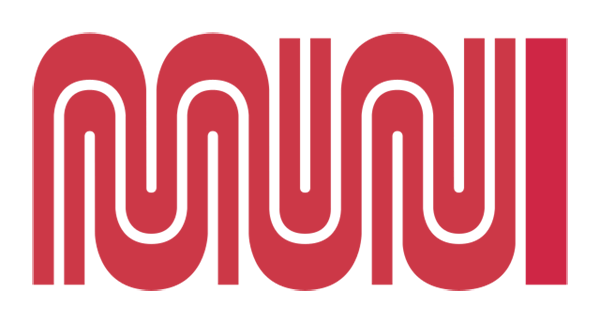
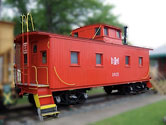




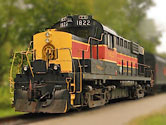
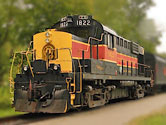
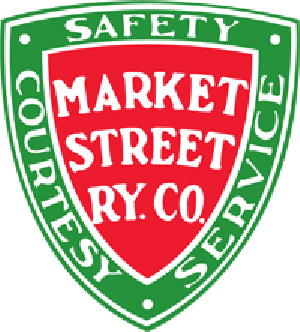 |
San Francisco Railway Museum"We’re preserving San Francisco’s unique transit history" |

San Francisco, Ca / Sep 2023 / RWH

San Francisco is one of the few places in the world where you can get the actual experience of riding vintage rail transit in its "natural habitat" — the rumble of the wheels under your feet, the swaying of the car itself, the smell of the brakes. Before or after you take that magical ride on the "museums in motion," visit our museum to make your experience complete. Our museum celebrates San Francisco's rail transit history, focused on exploring the positive impacts streetcars and cable cars have made on the quality of urban life in this great city.

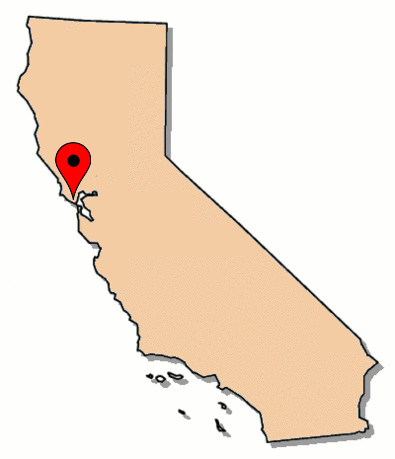
 ounded in 1976, the Market Street Railway is San Francisco Municipal Railway's (Muni) non-profit street railway preservation partner. The organization relies on private contributions to help maintain San Francisco’s fleet of historic streetcars in service on the E Embarcadero and F Market & Wharves transit lines.
Market Street Railway developed and operates the San Francisco Railway Museum along the Embarcadero route of the streetcars. The museum features a variety of exhibits about the history of municipal rail in the Golden Gate City, including the world-famous Cable Car system. It also operates the David Pharr Restoration Facility, where Market Street Railway volunteers restore historic streetcars and equipment before donating them for use in the Muni system.
Market Street Railway borrows its name from the original Market Street Railway Company, a former commercial streetcar and bus operator in San Francisco — later acquired in the consolidated Muni municipal system.
ounded in 1976, the Market Street Railway is San Francisco Municipal Railway's (Muni) non-profit street railway preservation partner. The organization relies on private contributions to help maintain San Francisco’s fleet of historic streetcars in service on the E Embarcadero and F Market & Wharves transit lines.
Market Street Railway developed and operates the San Francisco Railway Museum along the Embarcadero route of the streetcars. The museum features a variety of exhibits about the history of municipal rail in the Golden Gate City, including the world-famous Cable Car system. It also operates the David Pharr Restoration Facility, where Market Street Railway volunteers restore historic streetcars and equipment before donating them for use in the Muni system.
Market Street Railway borrows its name from the original Market Street Railway Company, a former commercial streetcar and bus operator in San Francisco — later acquired in the consolidated Muni municipal system.
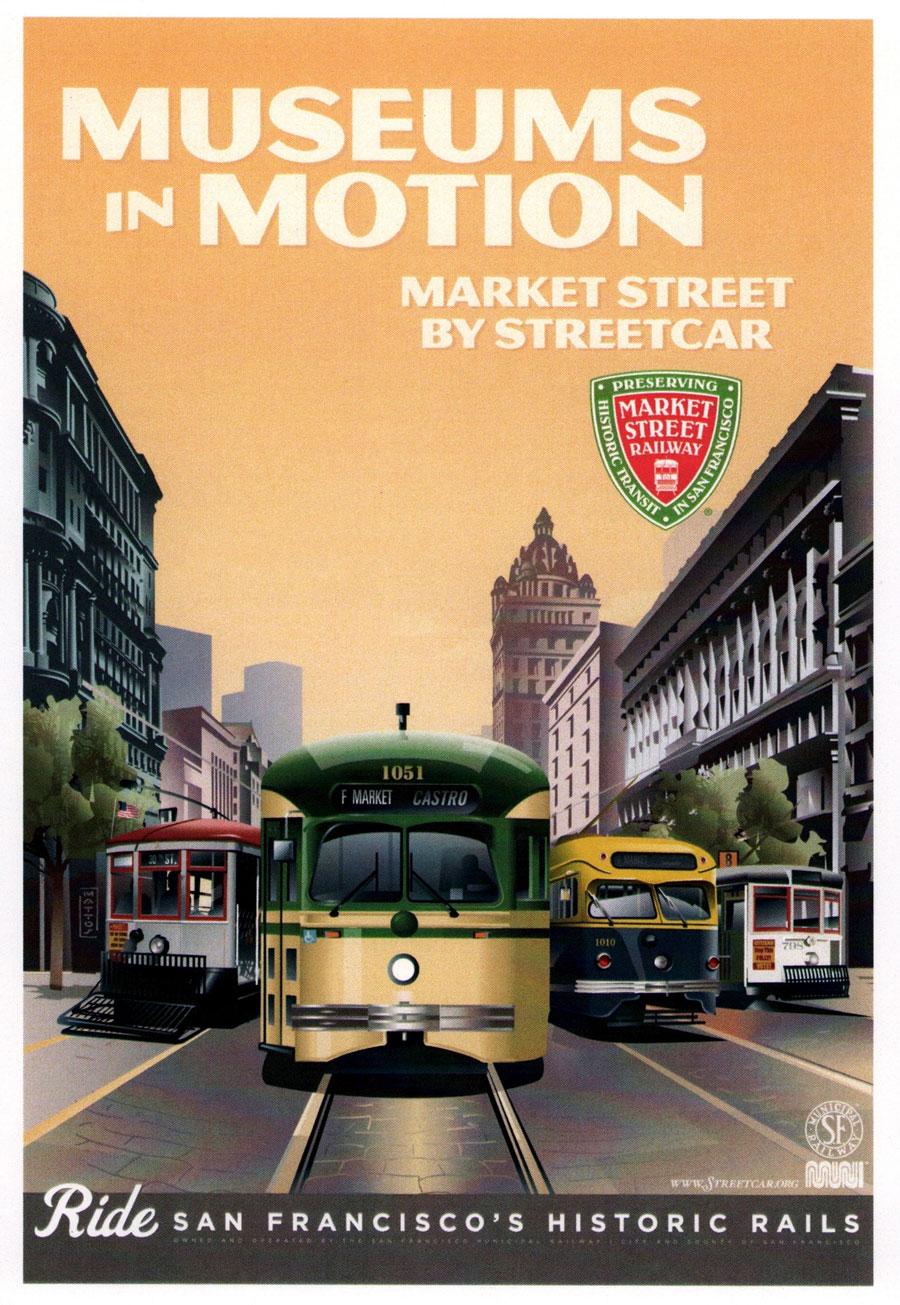
collection

collection
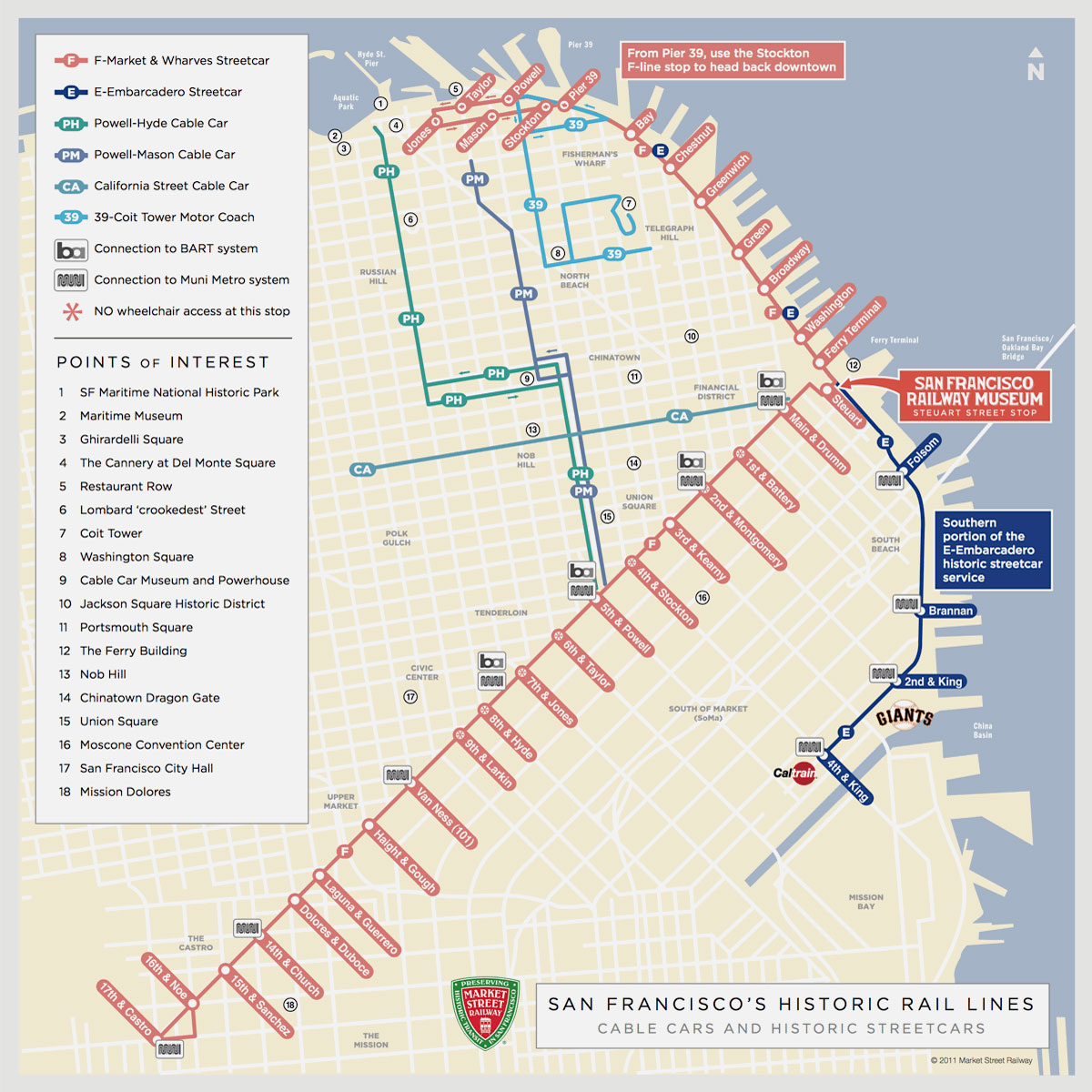
San Francisco street railway map / collection
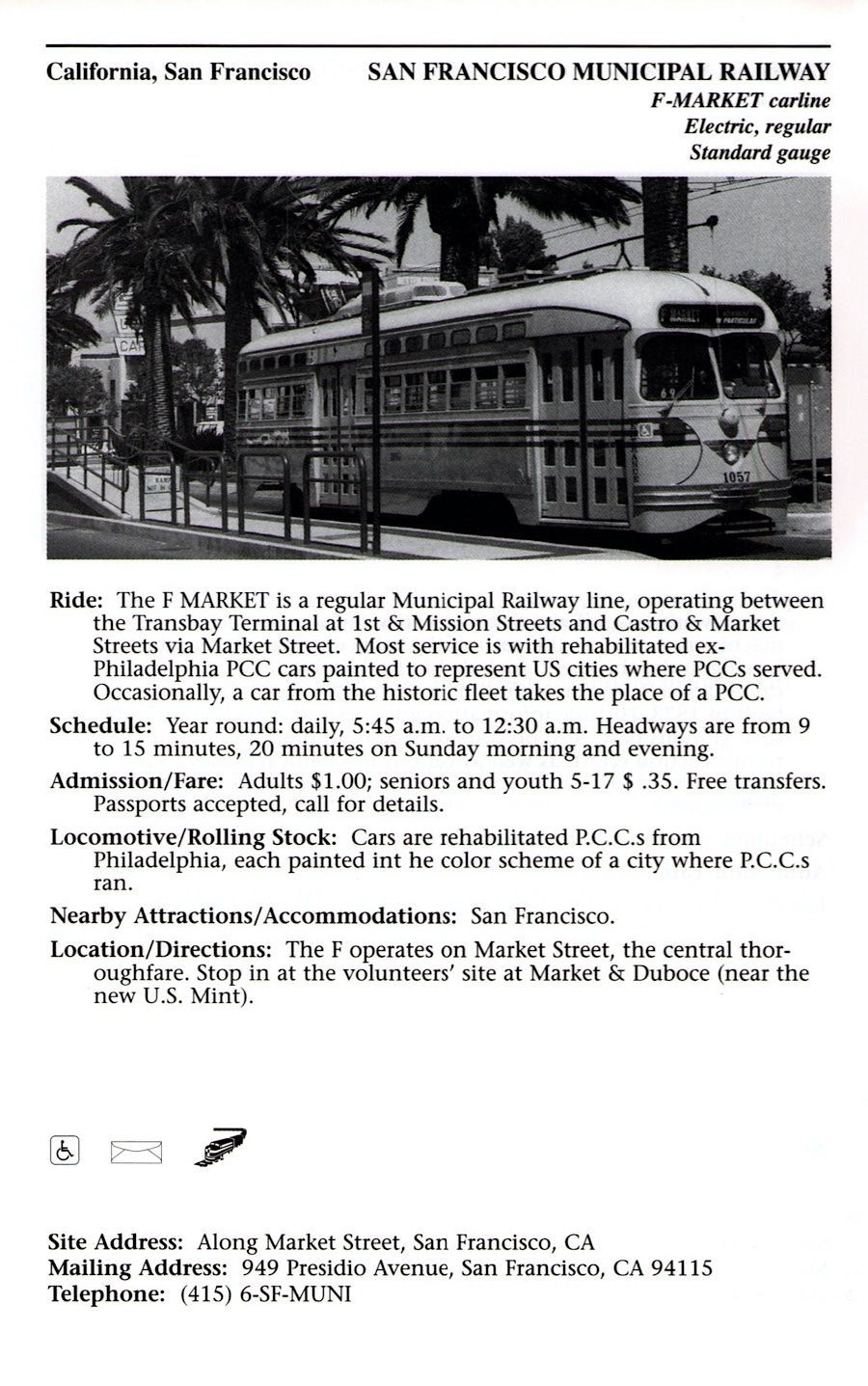
1998 tourist train guide ad / collection
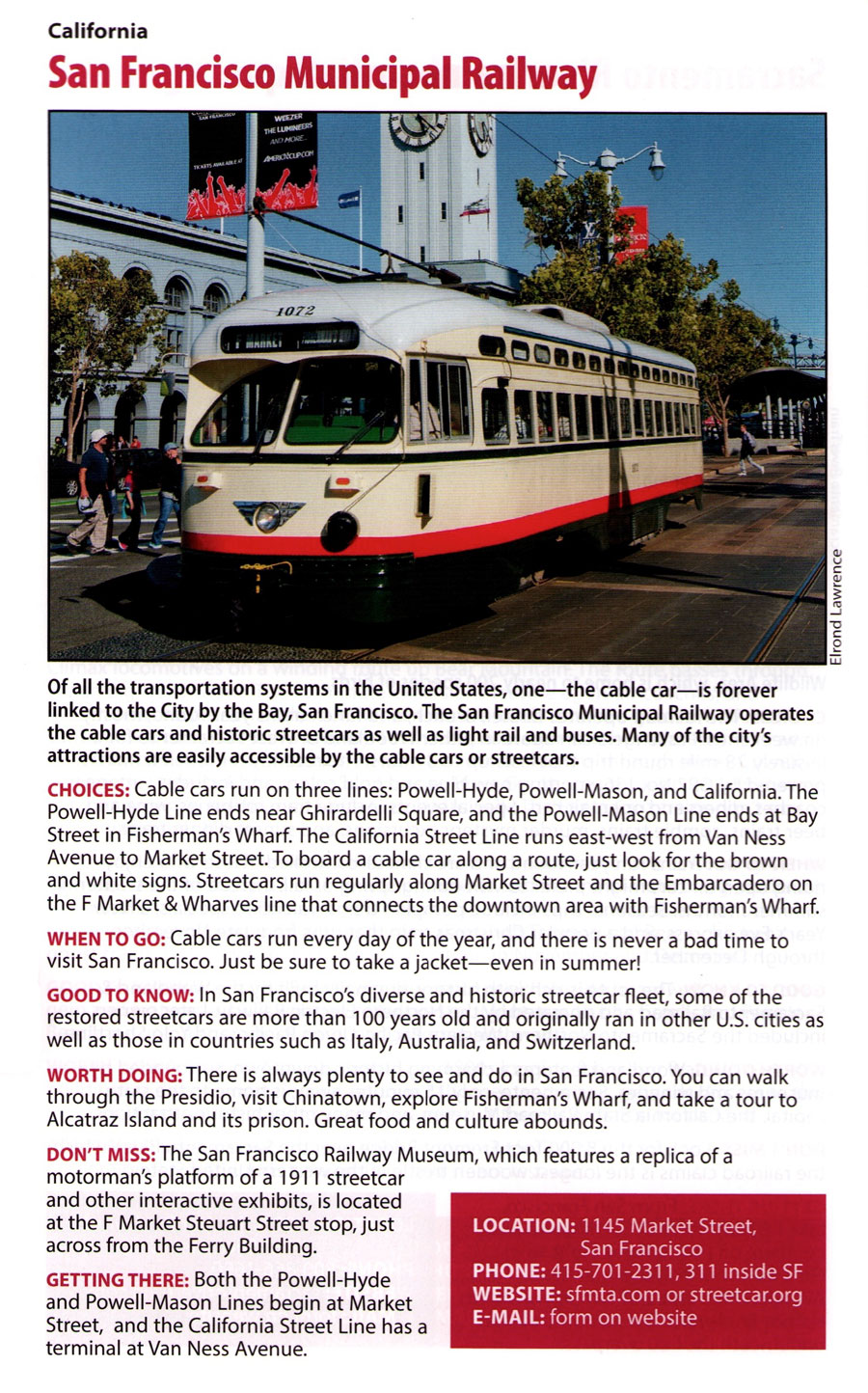
2019 tourist train guide ad / collection

See also these related San Francisco scrapbooks:
- San Francisco Cable Car system in Streetcars
- San Francisco Cable Car Museum in Preservation
- Amtrak's California Zephyr western route in Mainlines
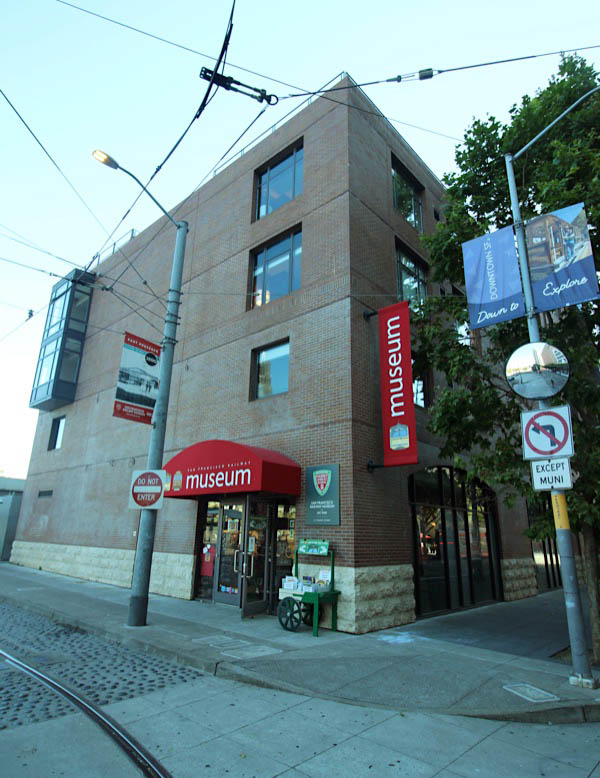
San Francisco, Ca / Sep 2023 / RWH


Sep 2023 / RWH

Click to see the San Francisco Railway Museum plotted on a Google Maps page

Sep 2023 / RWH
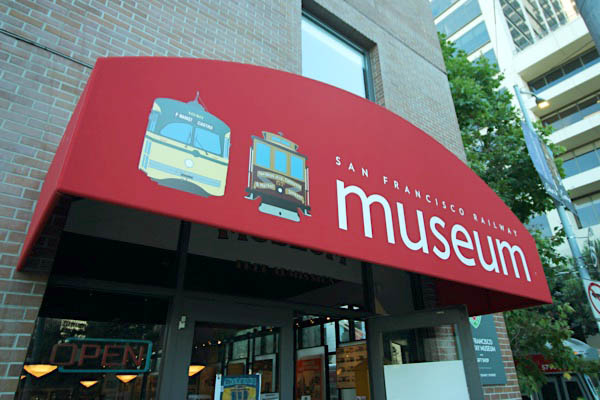
Sep 2023 / RWH
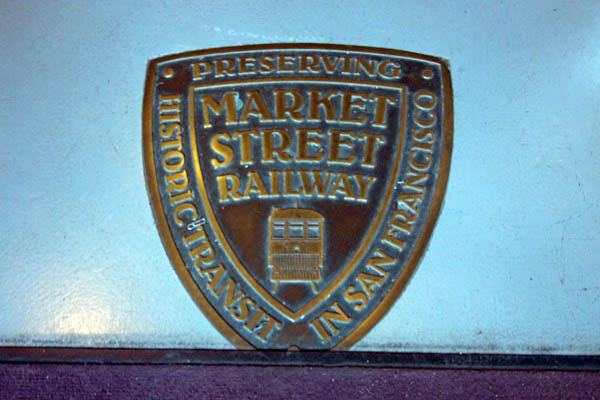
Sep 2023 / RWH
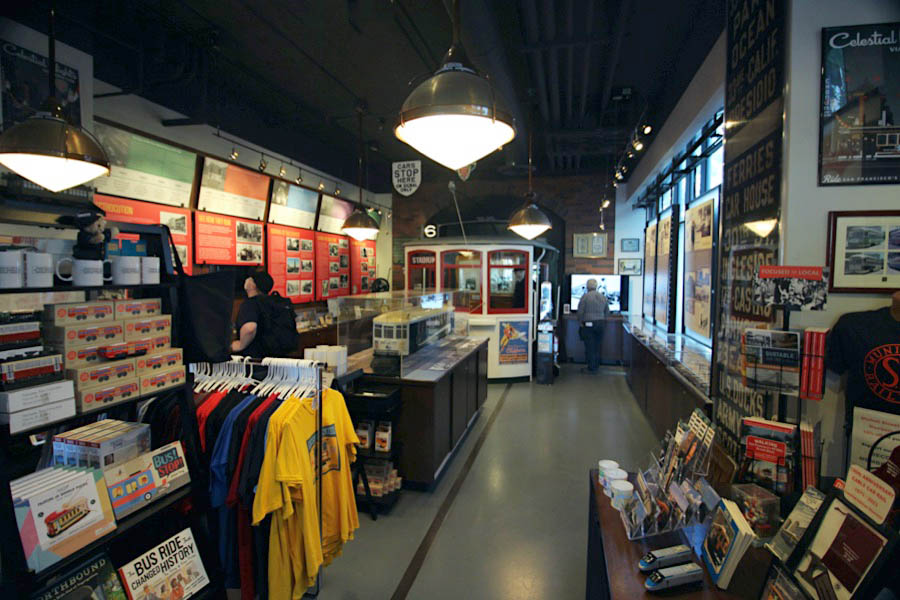
Sep 2023 / RWH

Sep 2023 / RWH
Exhibits

Sep 2023 / RWH

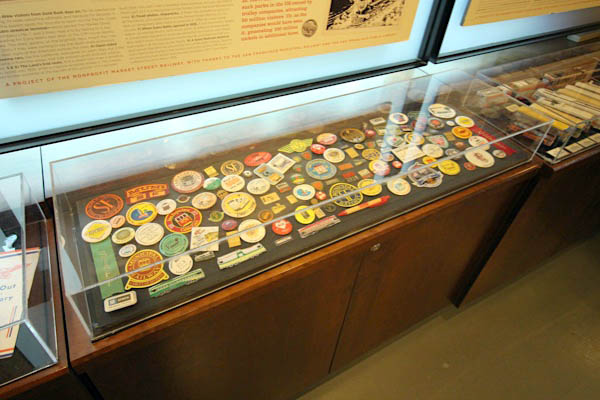
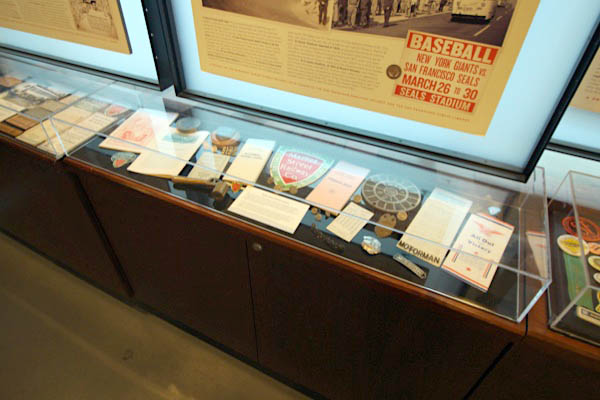
Sep 2023 / RWH
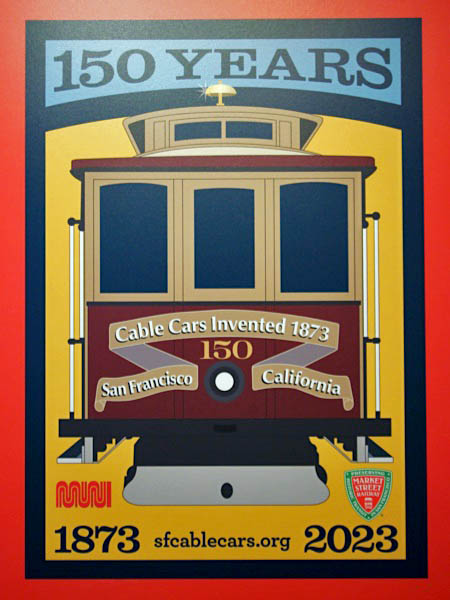
Sep 2023 / RWH

Sep 2023 / RWH

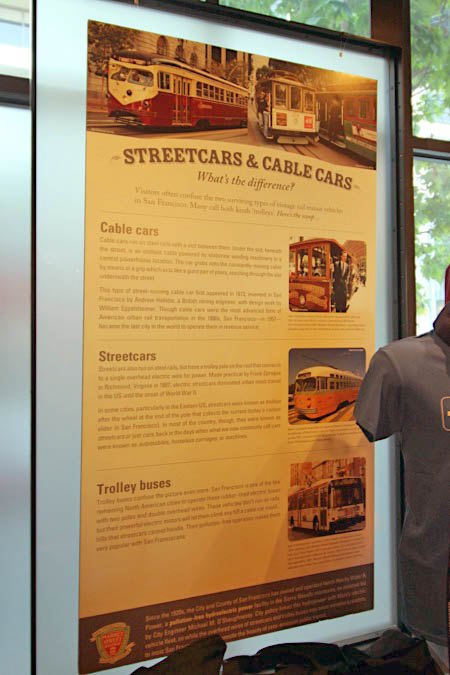
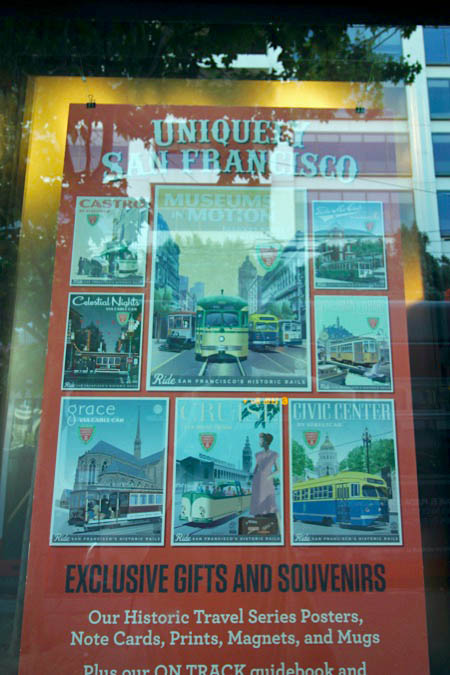
Sep 2023 / RWH
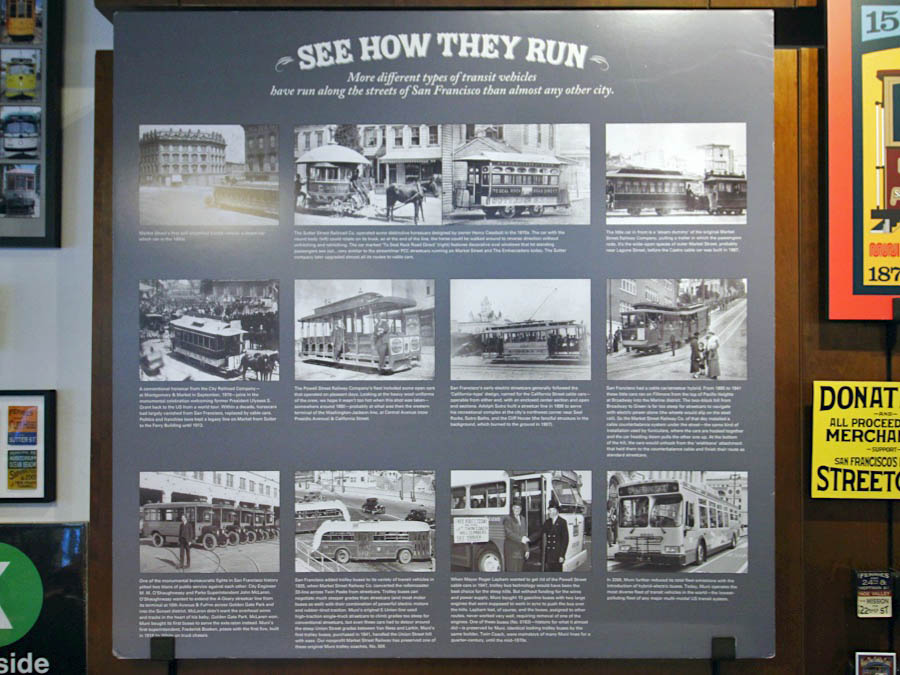
Sep 2023 / RWH

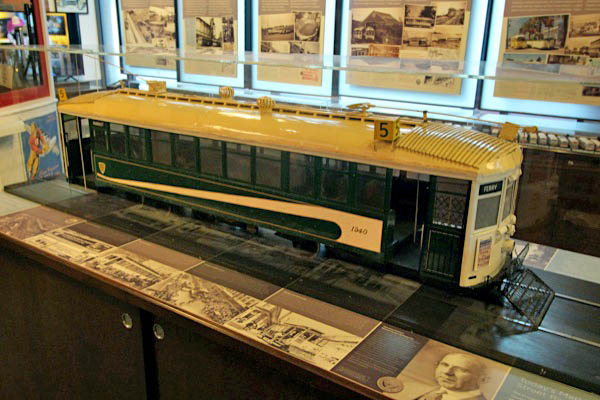
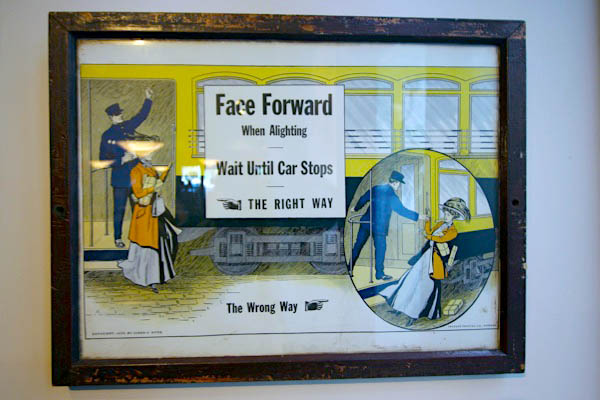
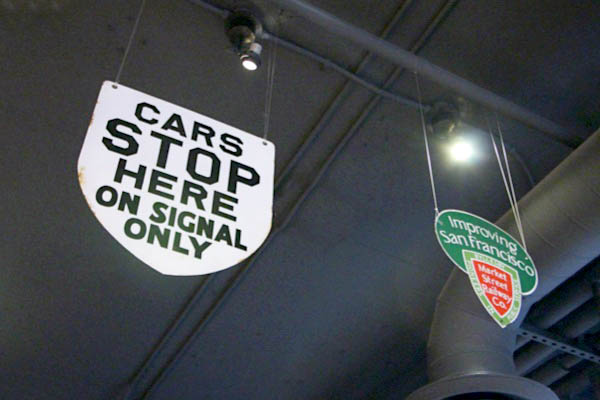
Sep 2023 / RWH
 Streetcar #105
Streetcar #105

Sep 2023 / RWH
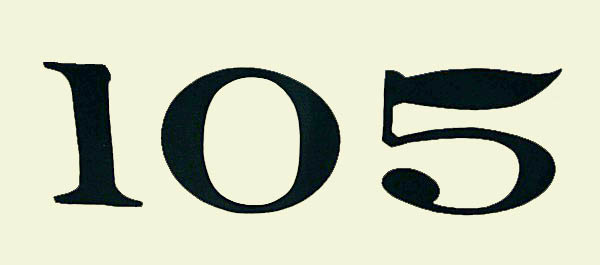
RWH

Sep 2023 / RWH

The museum features a full-sized exact replica of the motorman’s platform of a 1911 San Francisco streetcar, where kids of all ages can experience what it was like to be at the controls. You’ll also find unique historic artifacts, illustrative and informative displays, rarely seen archival photography, and audio-visual exhibits that use 21st century technology to bring rail transit in the 19th and 20th centuries to life.
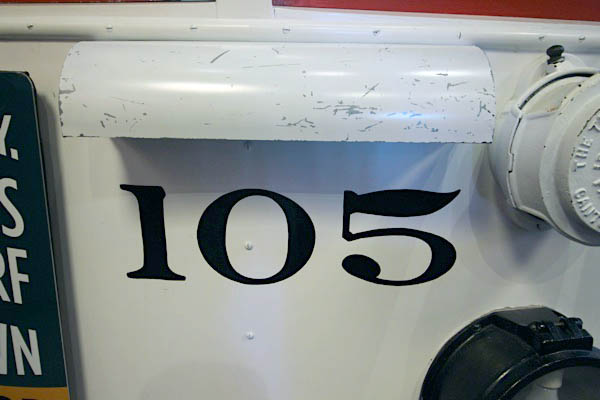
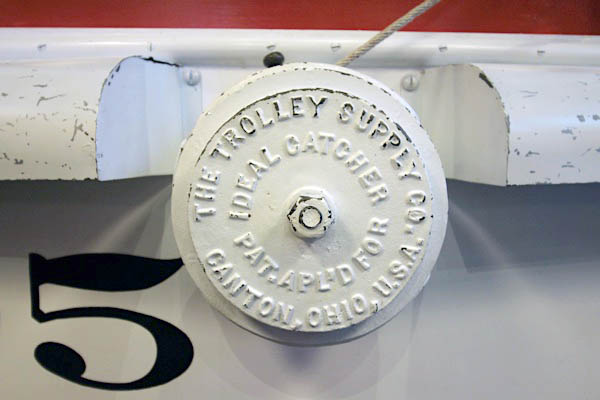
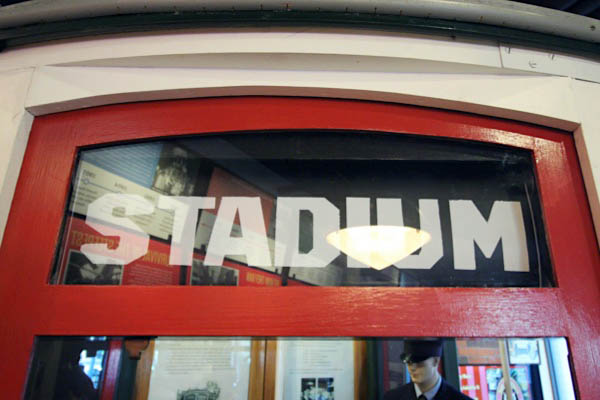
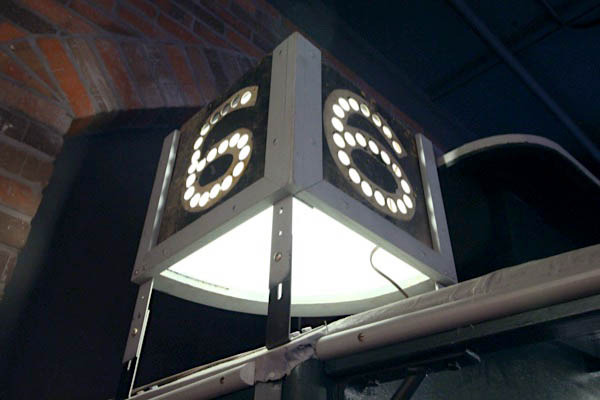

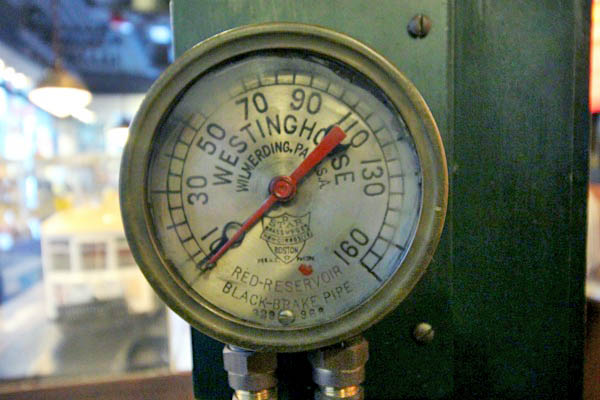
Sep 2023 / RWH
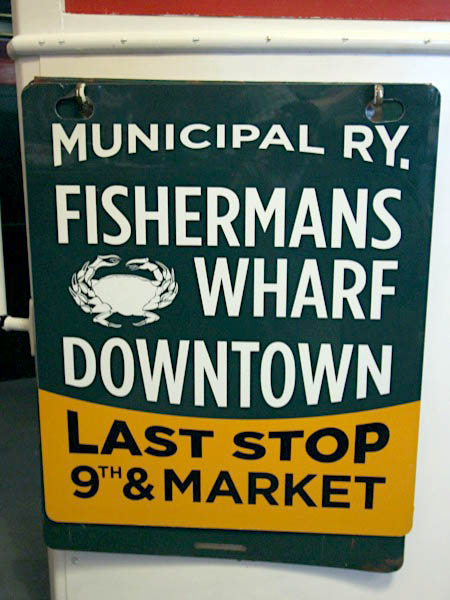
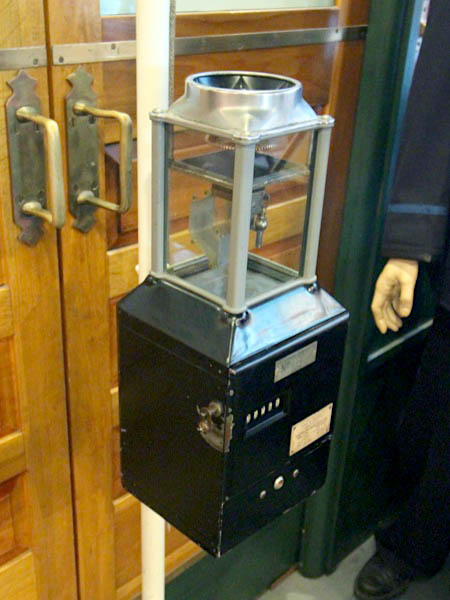
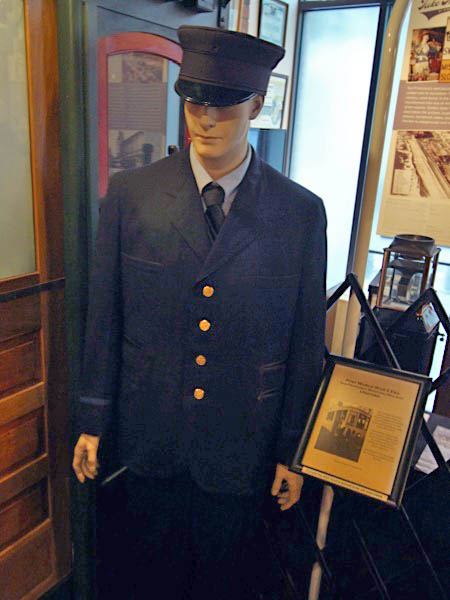
Sep 2023 / RWH
Municipal PCC Cars
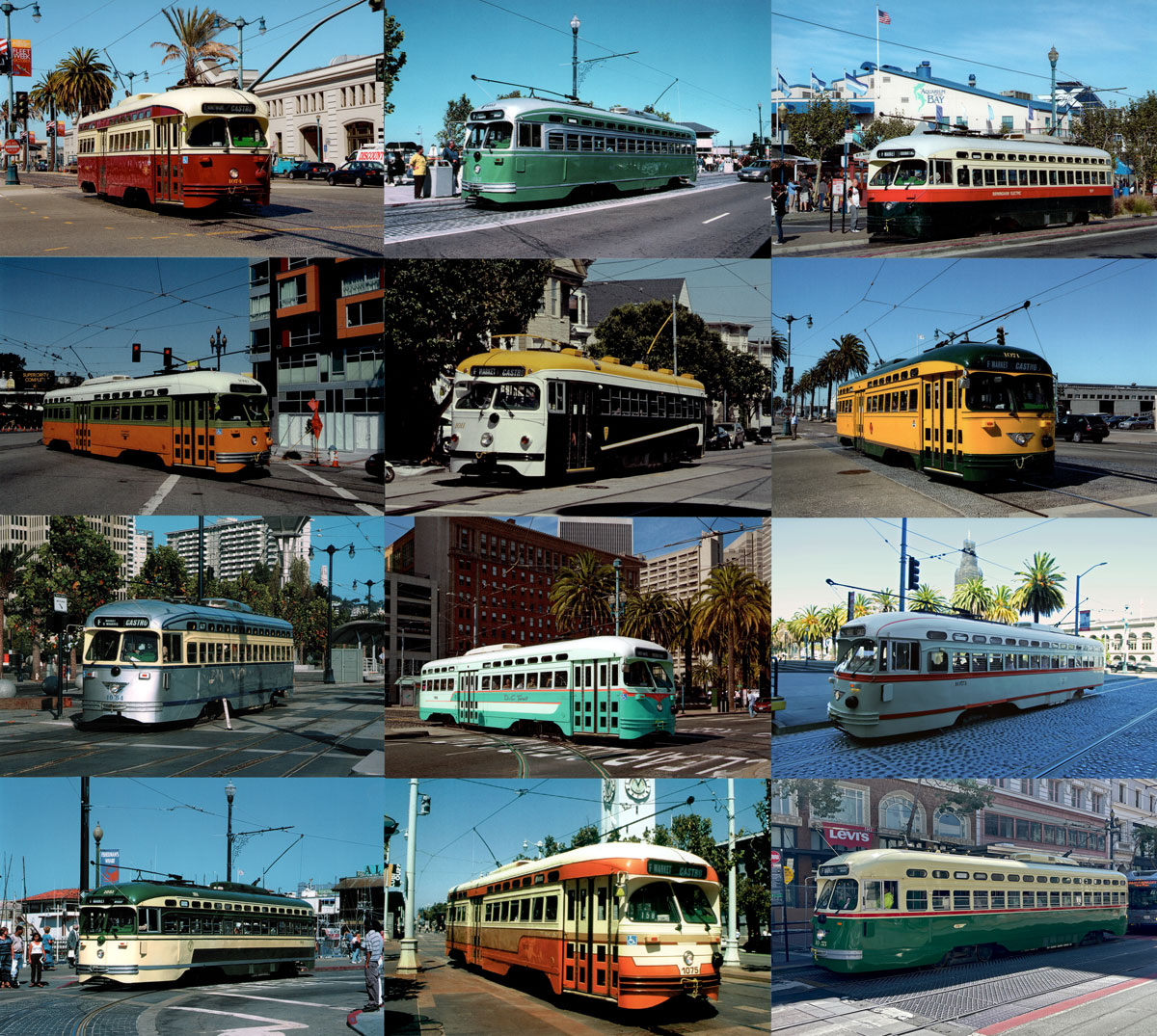
images RWH collection / artwork RWH


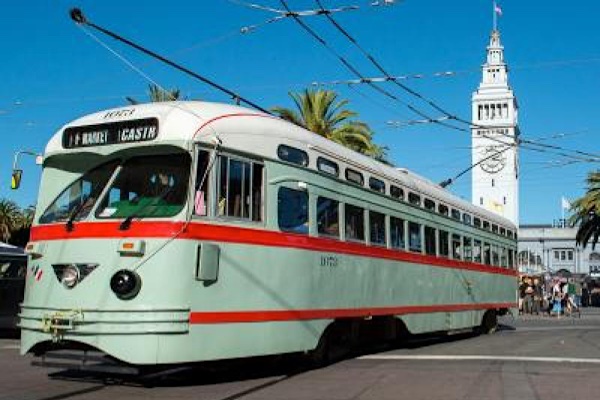 The Cable Car System Rehabilitation Program began in September 1982, shutting the system down until June 1984. The summer Trolley Festivals were started on Market Street in 1983 to provide an alternative historic transit service for visitors to the city, and they operated through 1987. Historic streetcars from San Francisco, other U.S. cities and other countries brought delight to many thousands of people.
The 1986 and 1987 Festivals received support from the Market Street Railway Company, a non-profit group dedicated to the acquisition, restoration and operation of historic transit vehicles in the city. The success of the Trolley Festivals ensured that there would be full-time historic streetcar service in San Francisco.
The Cable Car System Rehabilitation Program began in September 1982, shutting the system down until June 1984. The summer Trolley Festivals were started on Market Street in 1983 to provide an alternative historic transit service for visitors to the city, and they operated through 1987. Historic streetcars from San Francisco, other U.S. cities and other countries brought delight to many thousands of people.
The 1986 and 1987 Festivals received support from the Market Street Railway Company, a non-profit group dedicated to the acquisition, restoration and operation of historic transit vehicles in the city. The success of the Trolley Festivals ensured that there would be full-time historic streetcar service in San Francisco.
Seventeen PCC streetcars are in regular F Line service (fourteen from Philadelphia and three from Muni). The cars are painted in the PCC colors of Muni and other transit agencies in the U.S. as their streamlined design is attractive, and they were quieter and more economical than earlier versions of streetcars, with better motors, controls, acceleration and braking.
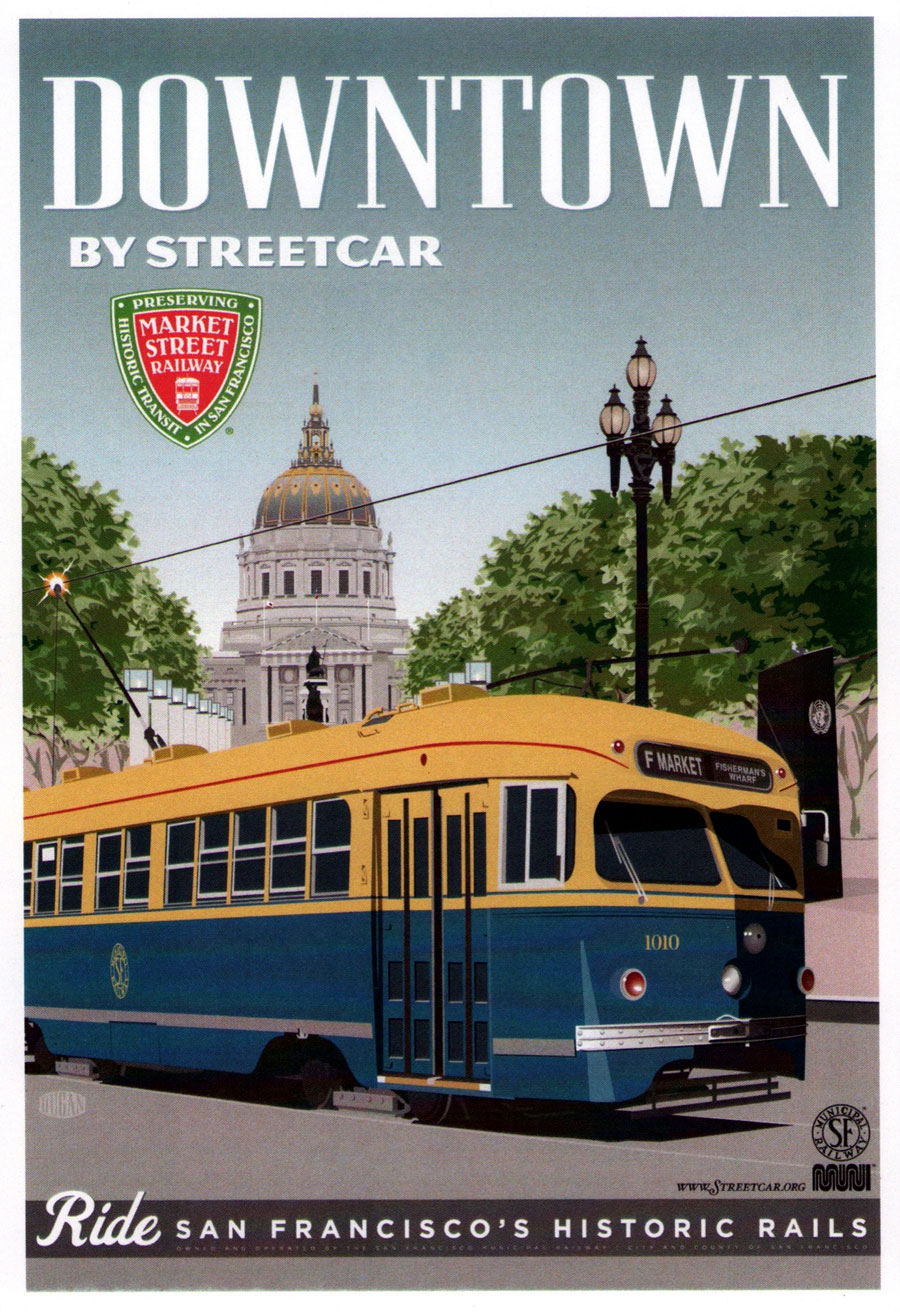
collection

collection
The "PCC" ("Presidents' Conference Committee") originated from the design committee formed in 1929. It was renamed the "Electric Railway Presidents' Conference Committee" (ERPCC) in 1931. The group's membership consisted primarily of representatives of several large operators of U.S. urban electric street railways plus potential manufacturers. Three interurban lines and at least one "heavy rail", or rapid transit, operator — Chicago Rapid Transit Company — were represented as well. Also included on the membership roll were manufacturers of surface cars (streetcars) and interested component suppliers.
ERPCC's goal was to design a streamlined, comfortable, quiet, and fast accelerating and braking streetcar that would be operated by a seated operator using floor mounted pedal controls to better meet the needs of the street railways and appeal to riders. ERPCC prepared a detailed research plan, conducted extensive research on streetcar design, built and tested components, made necessary modifications and revisions based upon the findings, and ultimately produced a set of specifications for a standardized and fixed design. It included a modest list of available options with ample room for customer customization but was to be built with standard parts as opposed to a custom designed car body with diverse parts added depending on the whims and requirements of the individual customer. Numerous national and international users operated large fleets of PCC cars for many years.
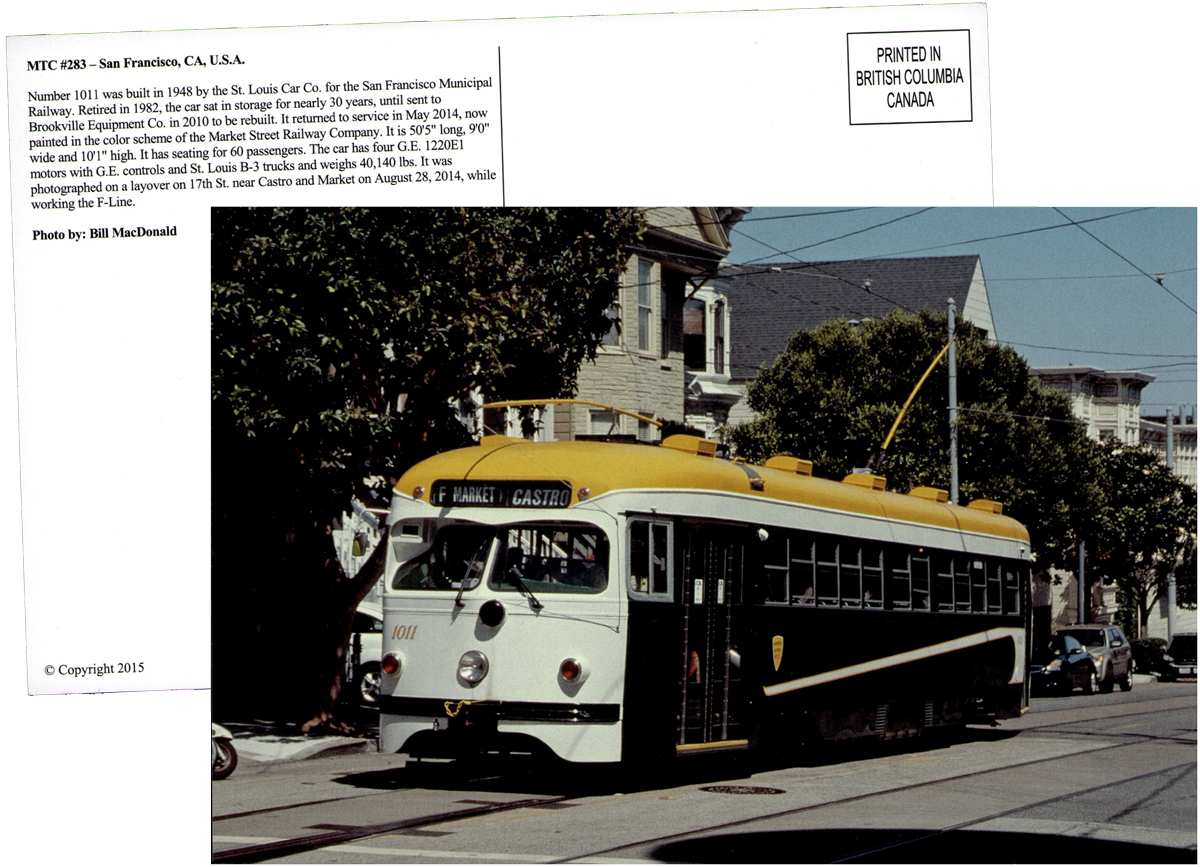
San Francisco #1011
postcard / collection
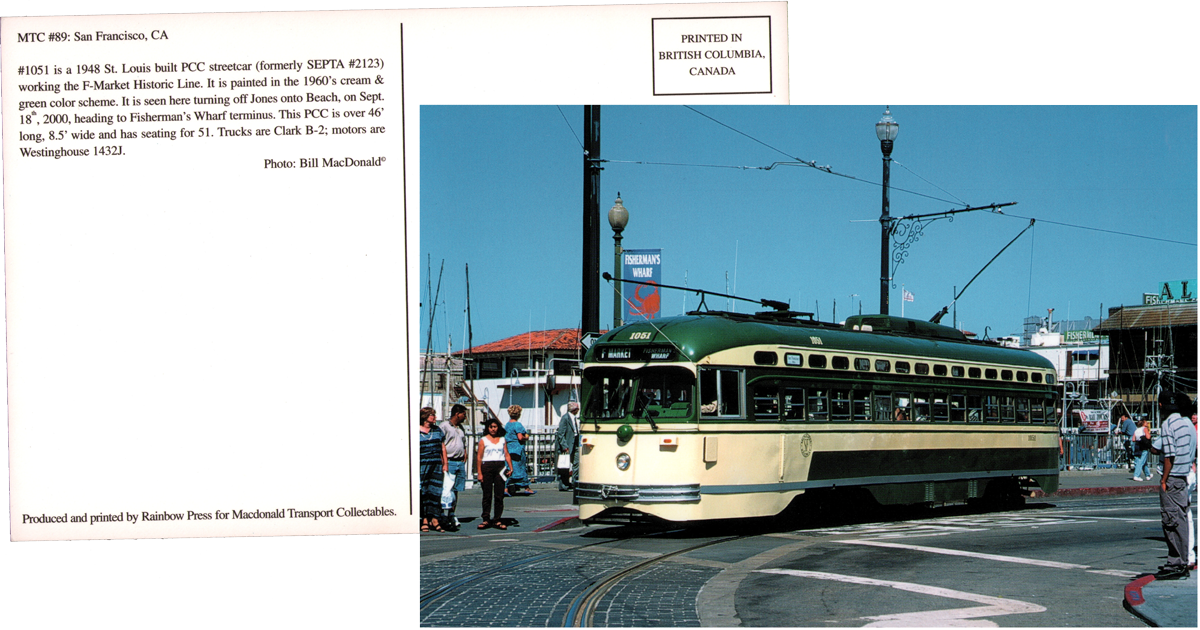
San Francisco #1051
postcard / collection
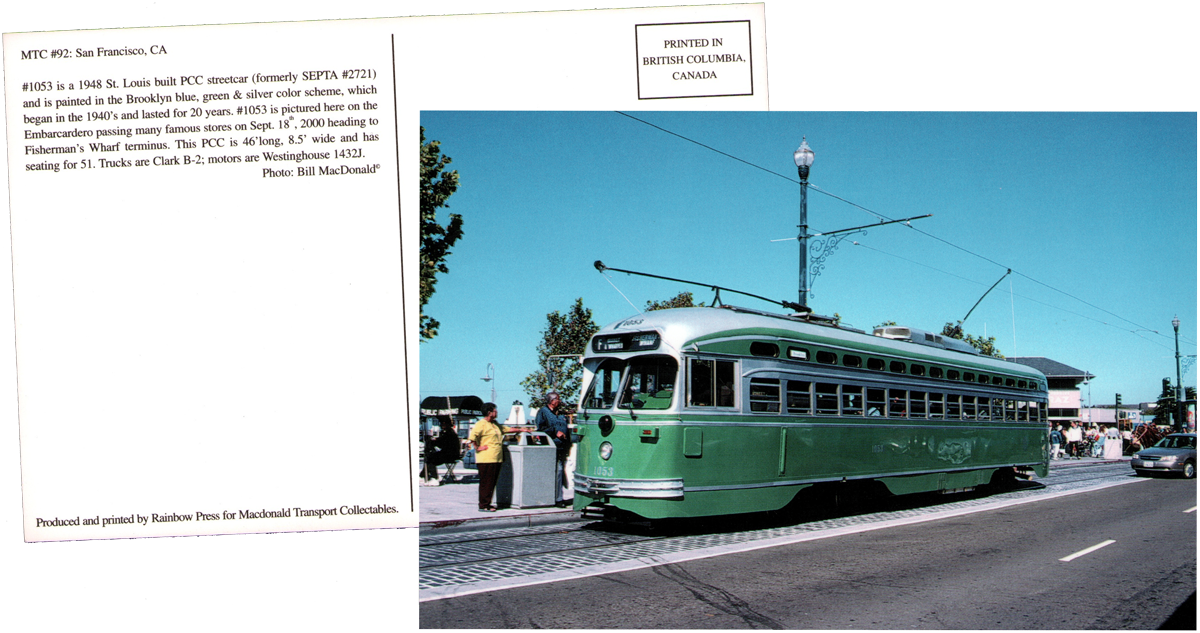
San Francisco #1053
postcard / collection
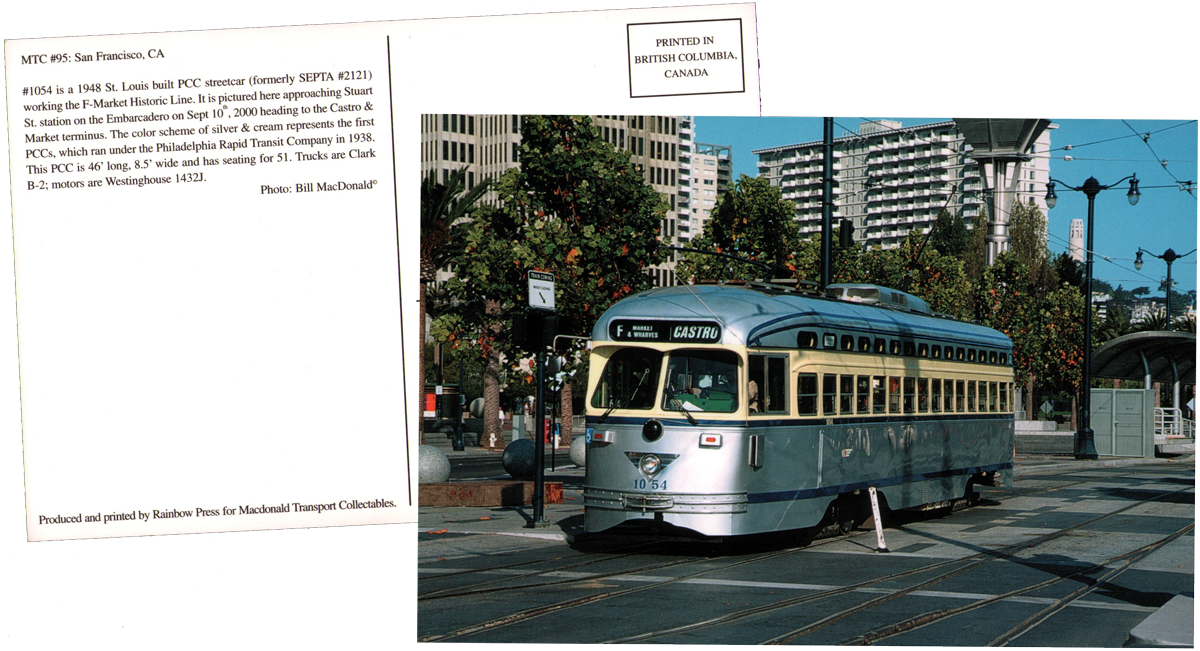
San Francisco #1054
postcard / collection
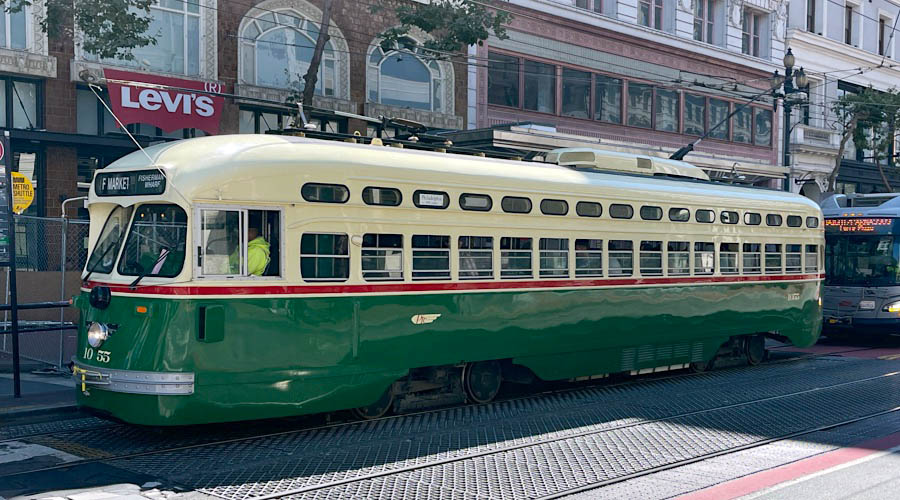
San Francisco #1055
San Francisco, Ca / Sep 2023 / RWH
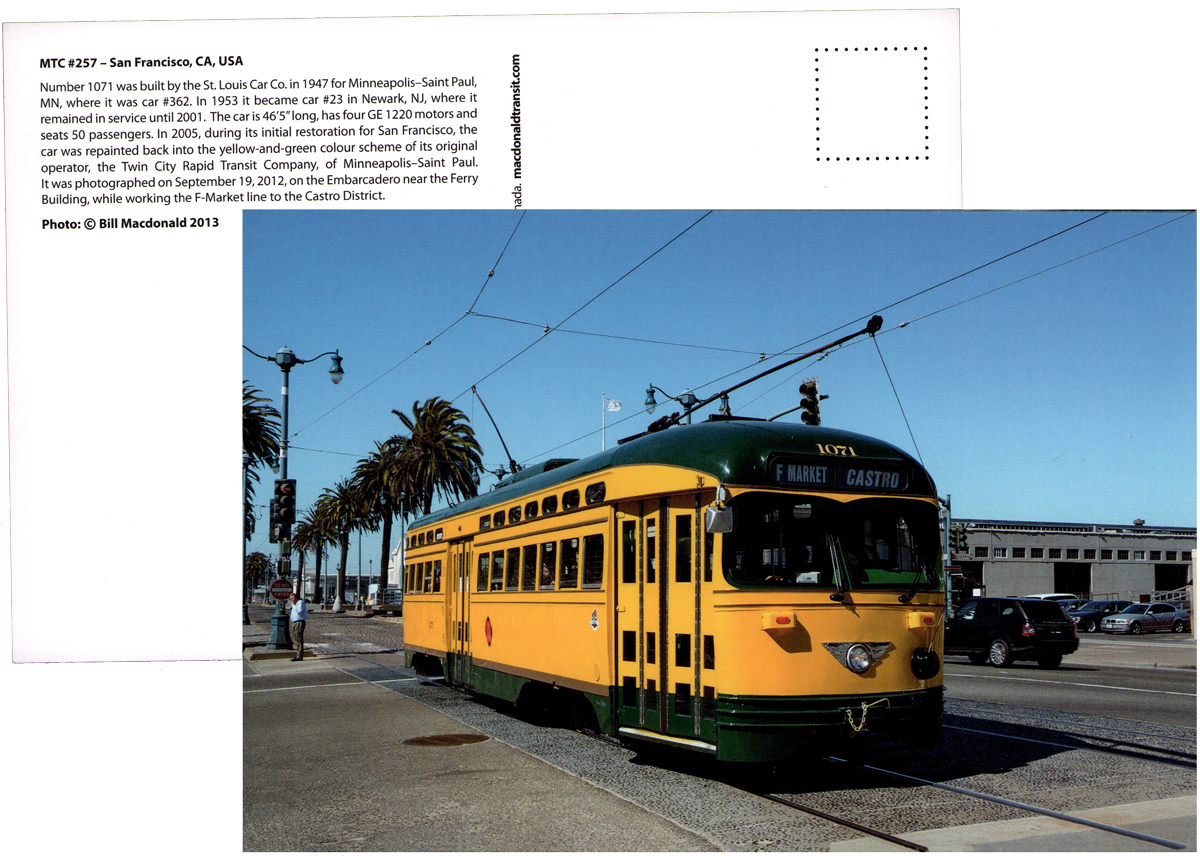
San Francisco #1071
postcard / collection
 PCC Car #1073
PCC Car #1073
San Francisco #1073

San Francisco #1073
San Francisco, Ca / Sep 2023 / RWH


San Francisco #1073
to Public Service Coordinated Trans #22
to New Jersey Transit system
to San Francisco Muni #1073
restored Brookville Equipment Co, PA

Market Street Railway
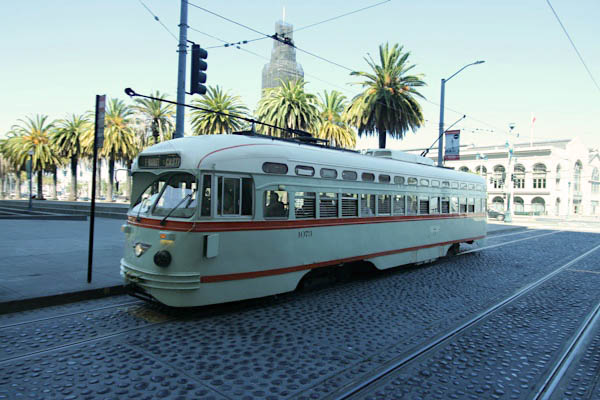
San Francisco, Ca / Sep 2023 / RWH
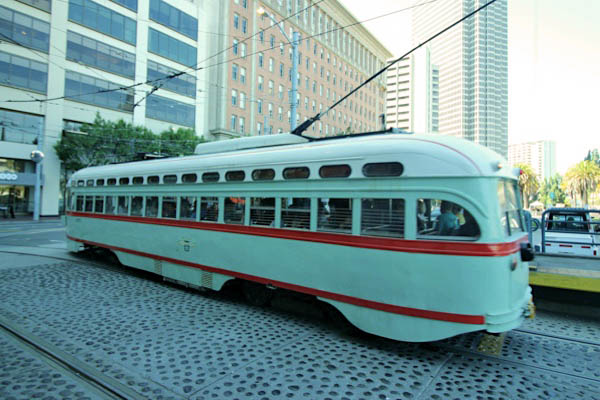
San Francisco, Ca / Sep 2023 / RWH
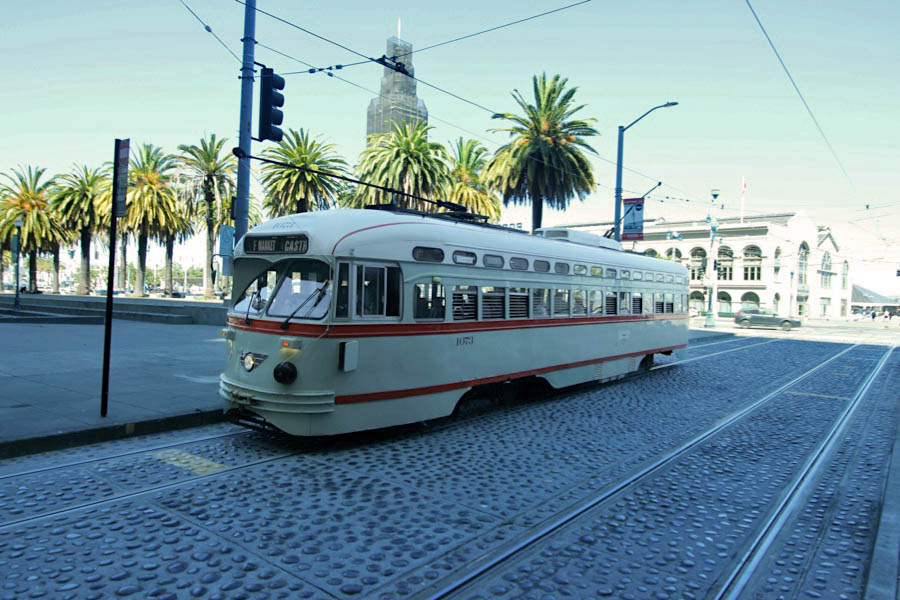
San Francisco, Ca / Sep 2023 / RWH
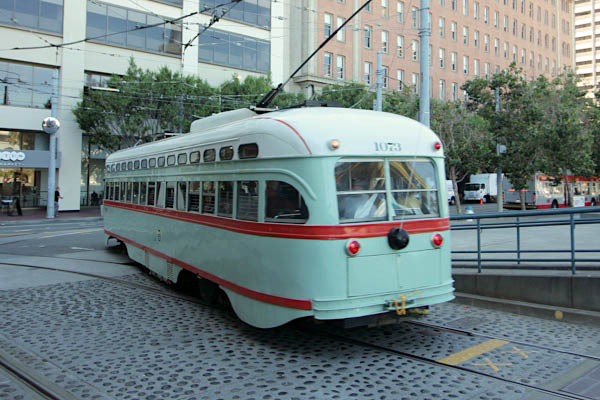
Sep 2023 / RWH
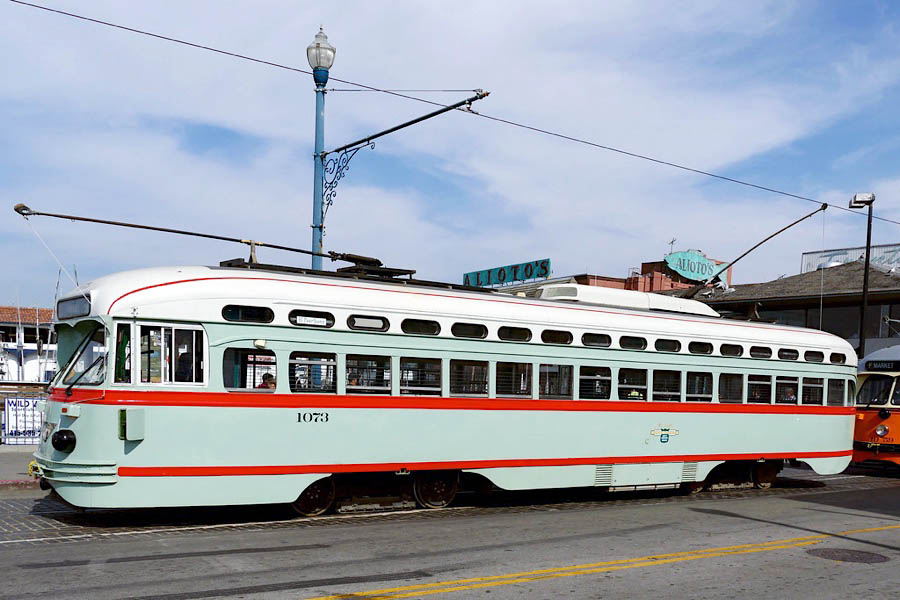
San Francisco, Ca / Oct 2017 / Bernard Spragg
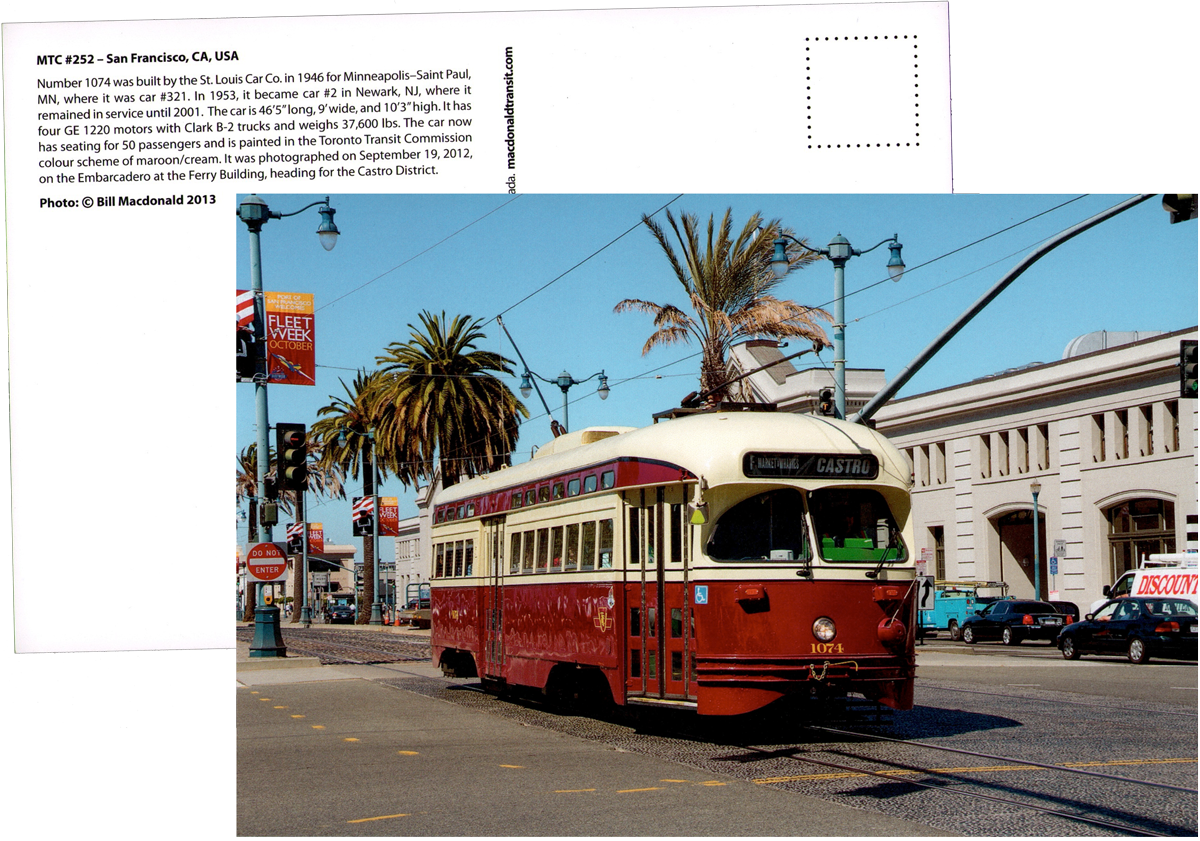
San Francisco #1074
postcard / collection
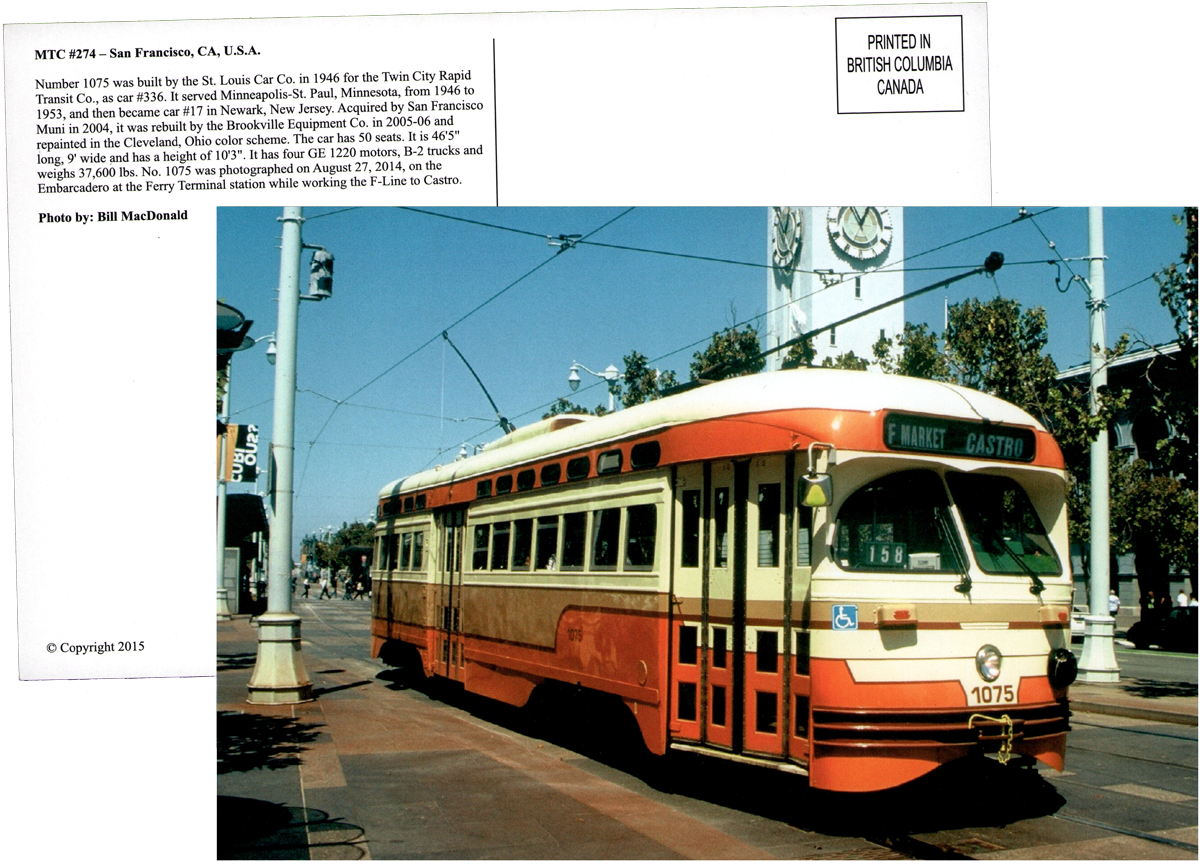
San Francisco #1075
postcard / collection

San Francisco #1076
postcard / collection
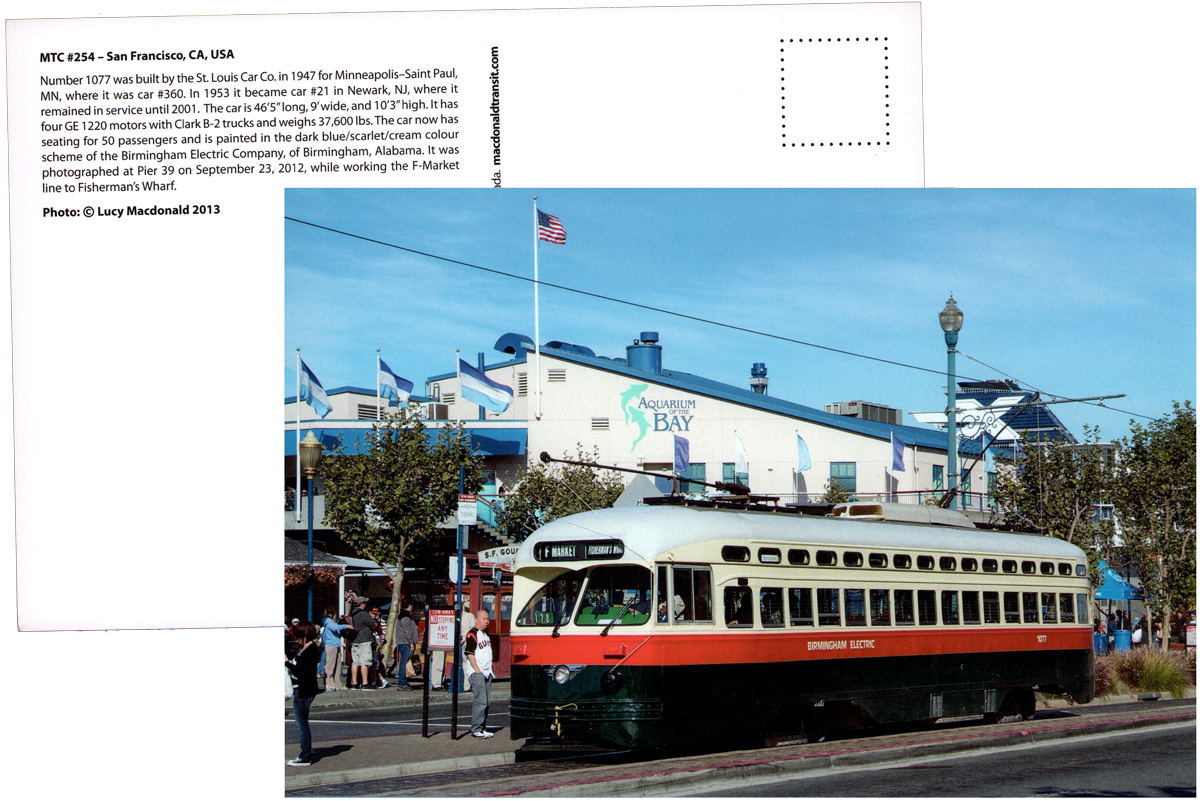
San Francisco #1077
postcard / collection
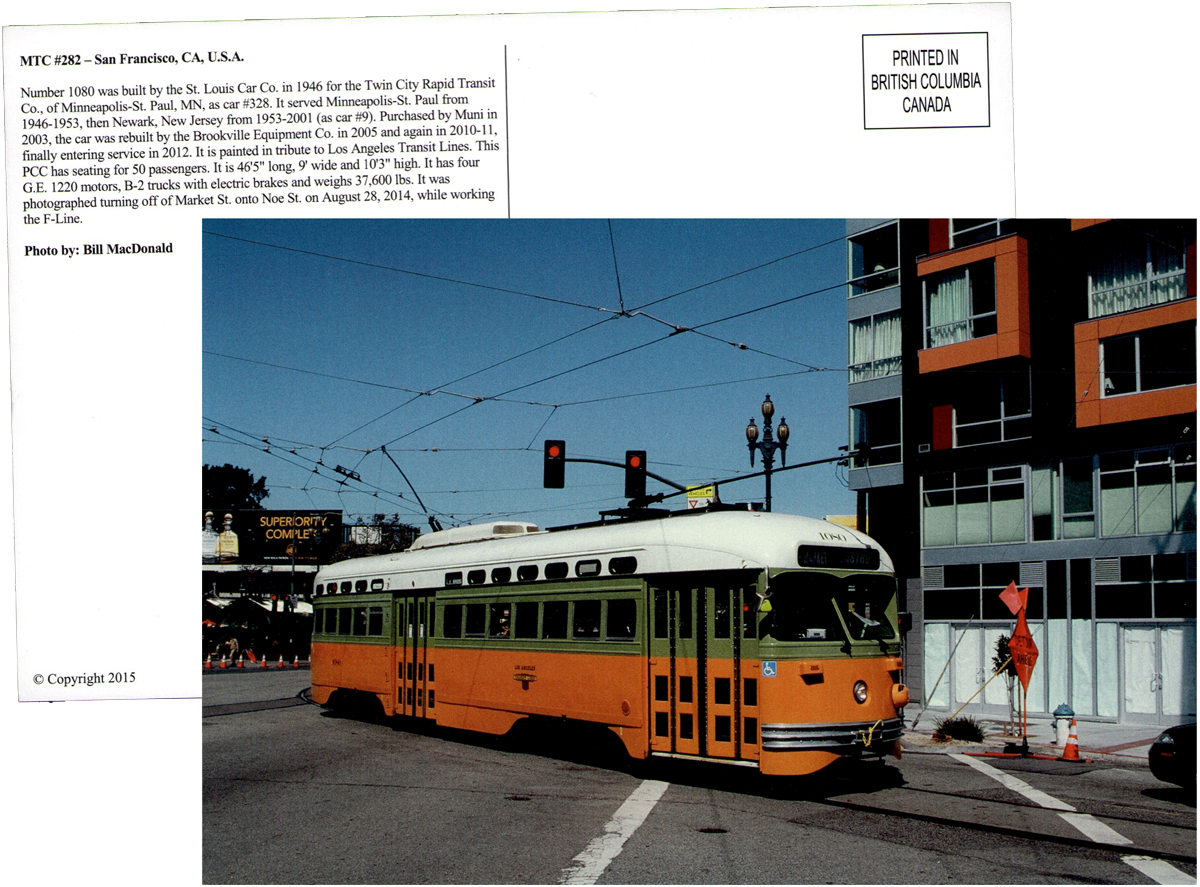
San Francisco #1080
postcard / collection
 New Orleans #952
New Orleans #952
New Orleans #952
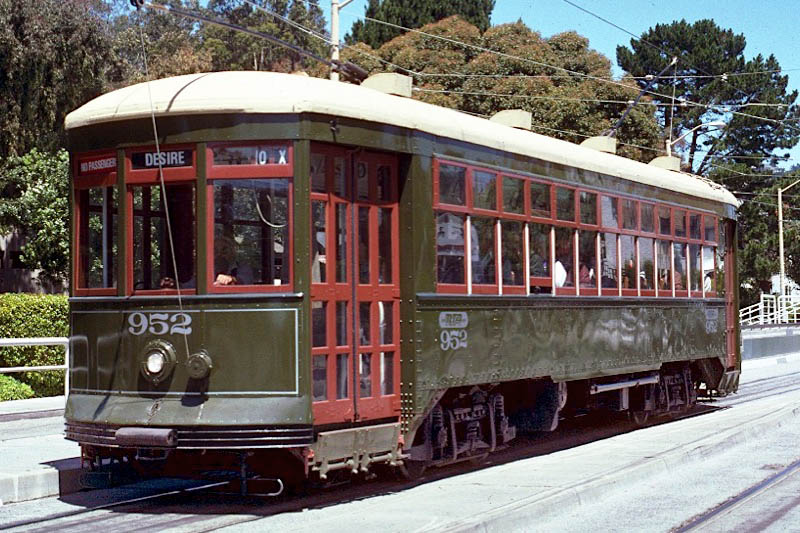
New Orleans #952
San Francisco, Ca / Sep 1998 / Peter Ehrlich


New Orleans #952
to Chattanooga Choo Choo hotel
to Regional Transit Authority #952
to San Fran Muni system, 1998 lease

this streetcar also posted in New Orleans Away from Home

Market Street Railway

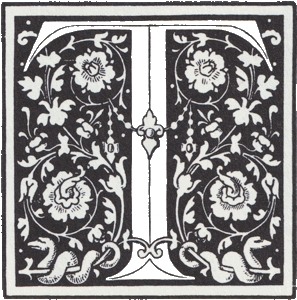 he most iconic transit vehicle in American literary history is Tennessee Williams’ “Streetcar Named Desire” from New Orleans. Muni currently has two such icons.
Both cars were built in 1923, part of an order of 73. They ran on a variety of lines, including the famed “Desire” line, a route that included Bourbon Street through the French Quarter as well as its namesake Desire Street. The Desire line lost its streetcars in 1948, and by 1964, bus conversions left only the venerable St. Charles line operating with streetcars. A few surplus cars, including these two, were sold to museums or attractions; the rest were scrapped.
Car No. 952 was repurchased by New Orleans from an attraction in Chattanooga to serve a new Riverfront line in 1984, and then retired again in 1997 when replaced by replica cars. It came from New Orleans to San Francisco in 1998 by agreement between Mayors Willie Brown and Marc Morial, for the world premiere of Andre Previn’s opera of Williams’ novel. Its lease was subsequently extended and it has operated regularly on the streets of San Francisco ever since.
he most iconic transit vehicle in American literary history is Tennessee Williams’ “Streetcar Named Desire” from New Orleans. Muni currently has two such icons.
Both cars were built in 1923, part of an order of 73. They ran on a variety of lines, including the famed “Desire” line, a route that included Bourbon Street through the French Quarter as well as its namesake Desire Street. The Desire line lost its streetcars in 1948, and by 1964, bus conversions left only the venerable St. Charles line operating with streetcars. A few surplus cars, including these two, were sold to museums or attractions; the rest were scrapped.
Car No. 952 was repurchased by New Orleans from an attraction in Chattanooga to serve a new Riverfront line in 1984, and then retired again in 1997 when replaced by replica cars. It came from New Orleans to San Francisco in 1998 by agreement between Mayors Willie Brown and Marc Morial, for the world premiere of Andre Previn’s opera of Williams’ novel. Its lease was subsequently extended and it has operated regularly on the streets of San Francisco ever since.
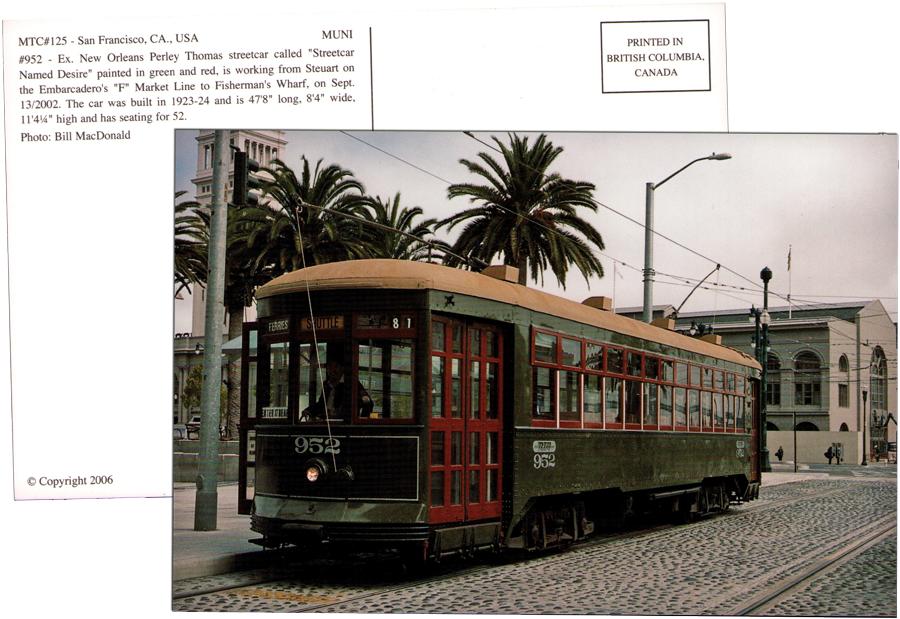
postcard / collection

San Francisco, Ca / Rick Laubscher

from Trolley Talk magazine / Sep 1998 / collection

See also our complete New Orleans Streetcar system scrapbook in Streetcars
Publications

brochure / collection
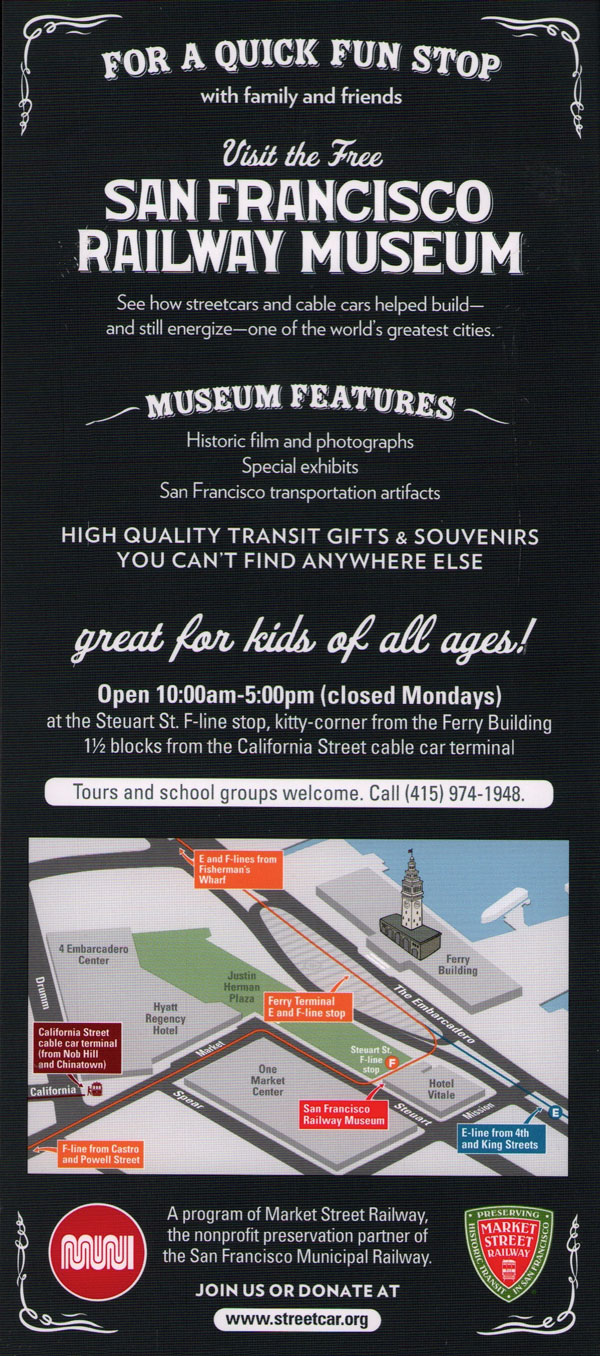
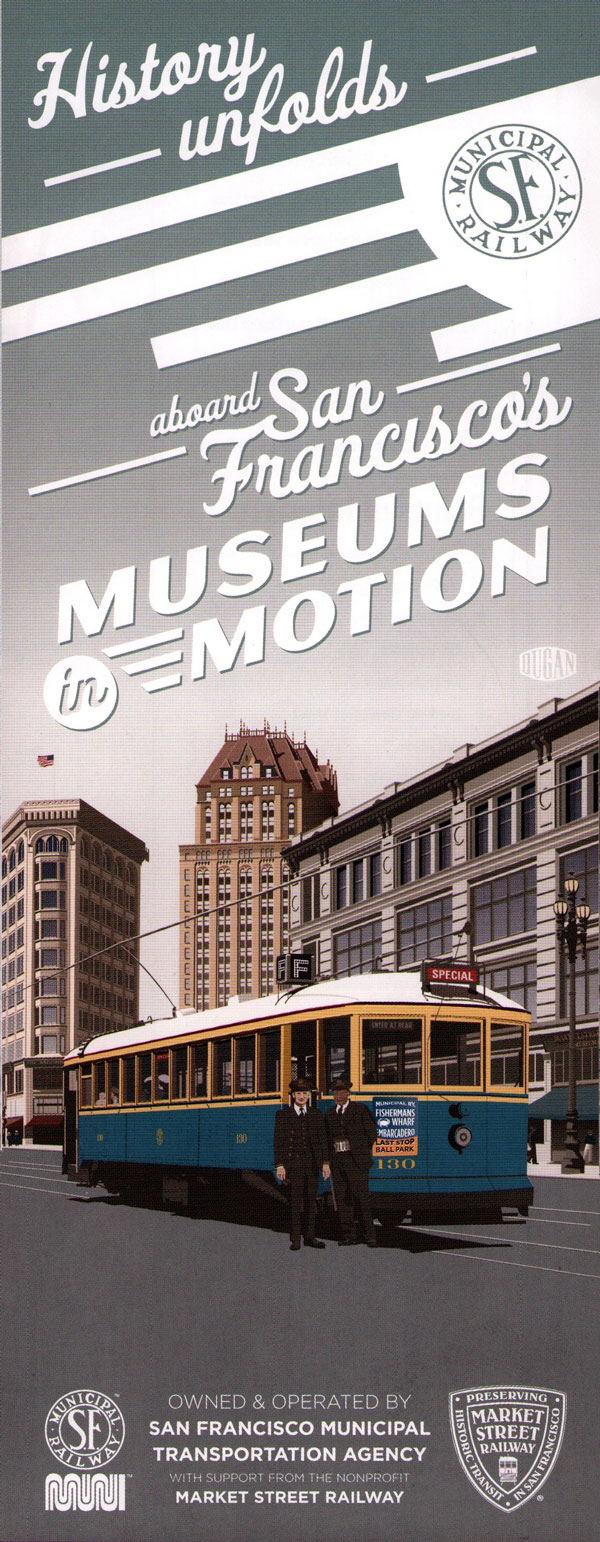
brochure / collection
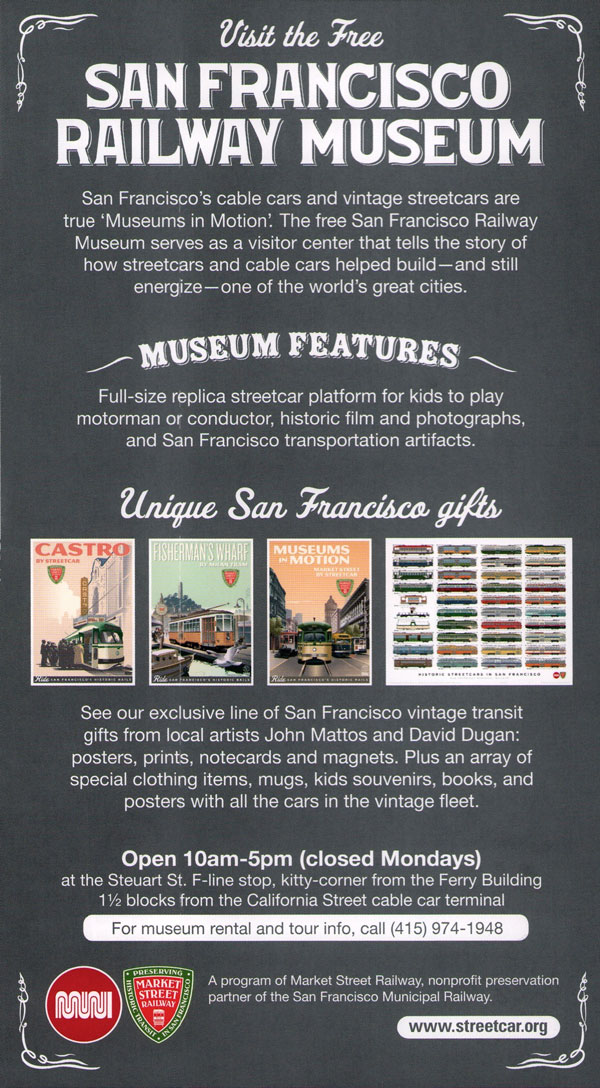
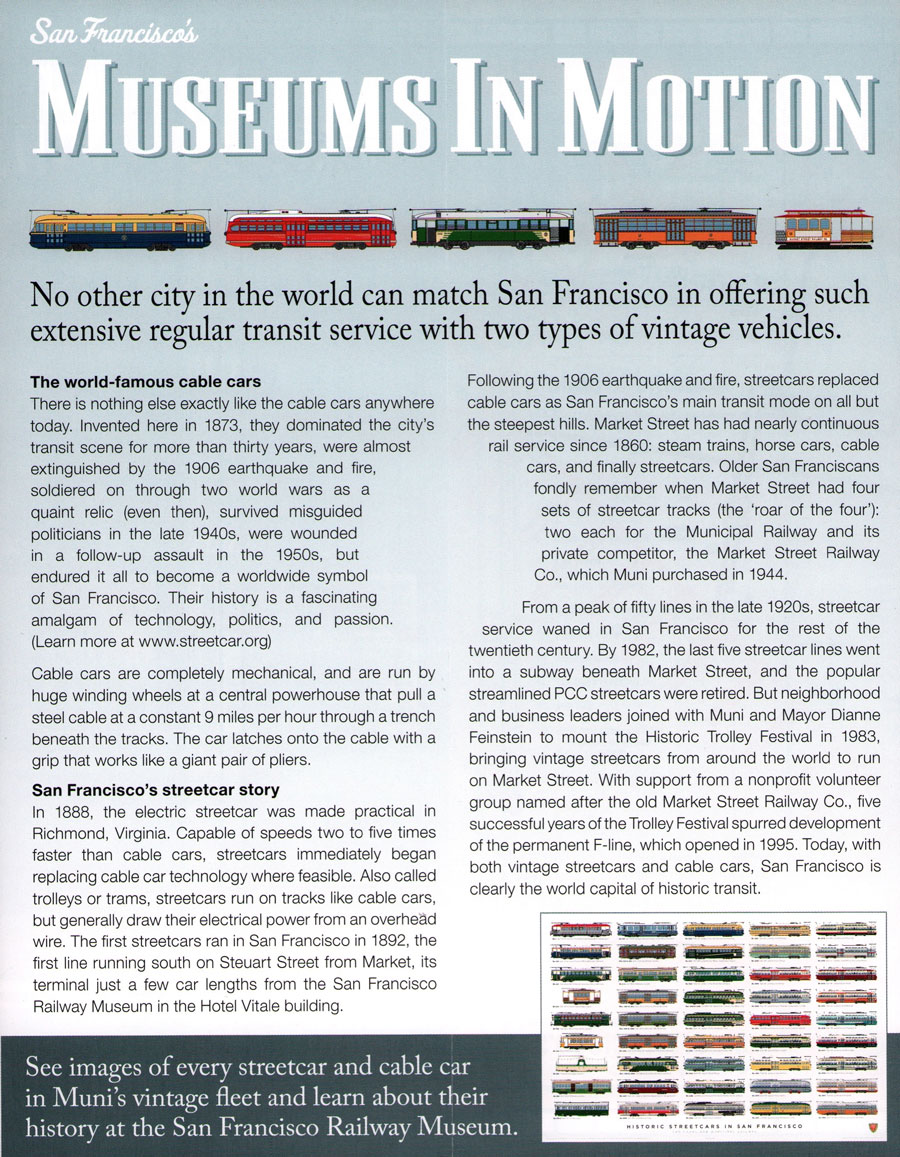

2022 magazine / collection
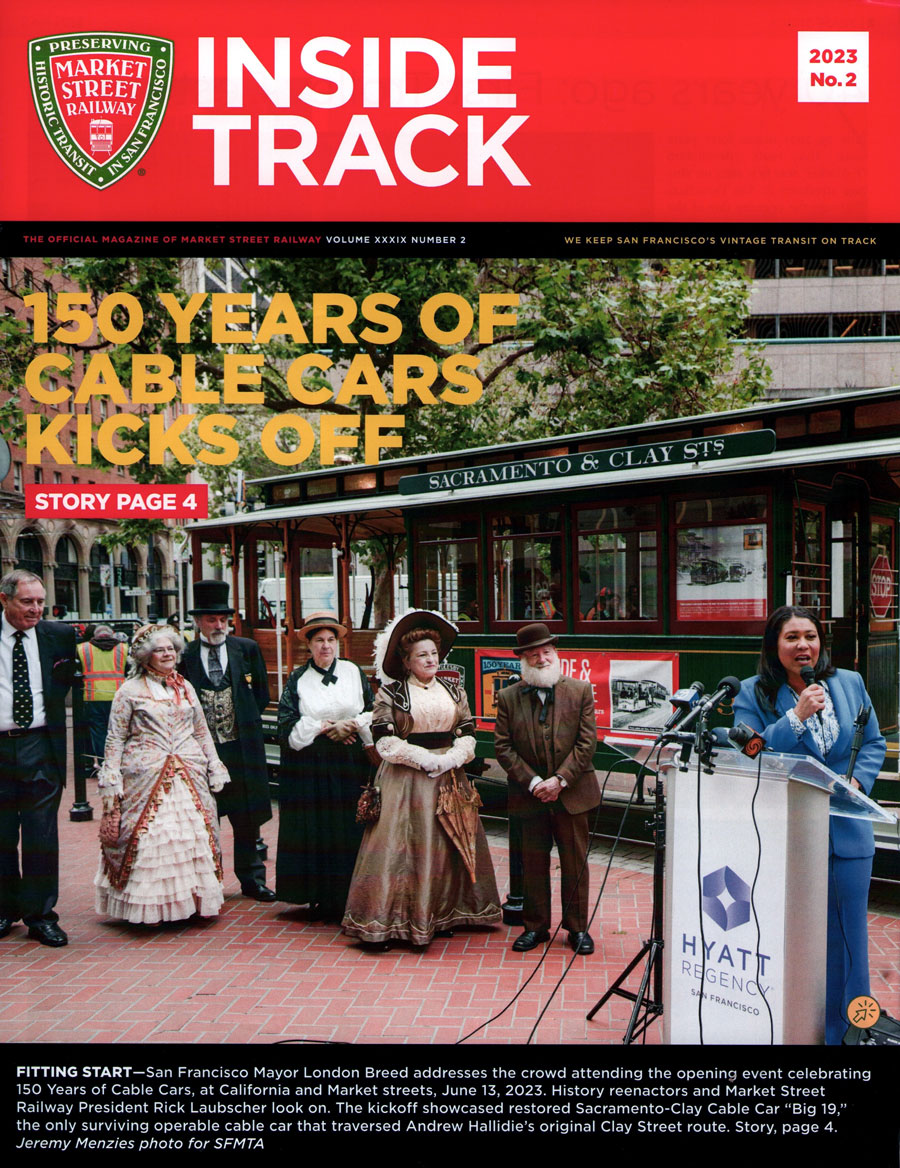
2023 magazine / collection

collection

collection

collection
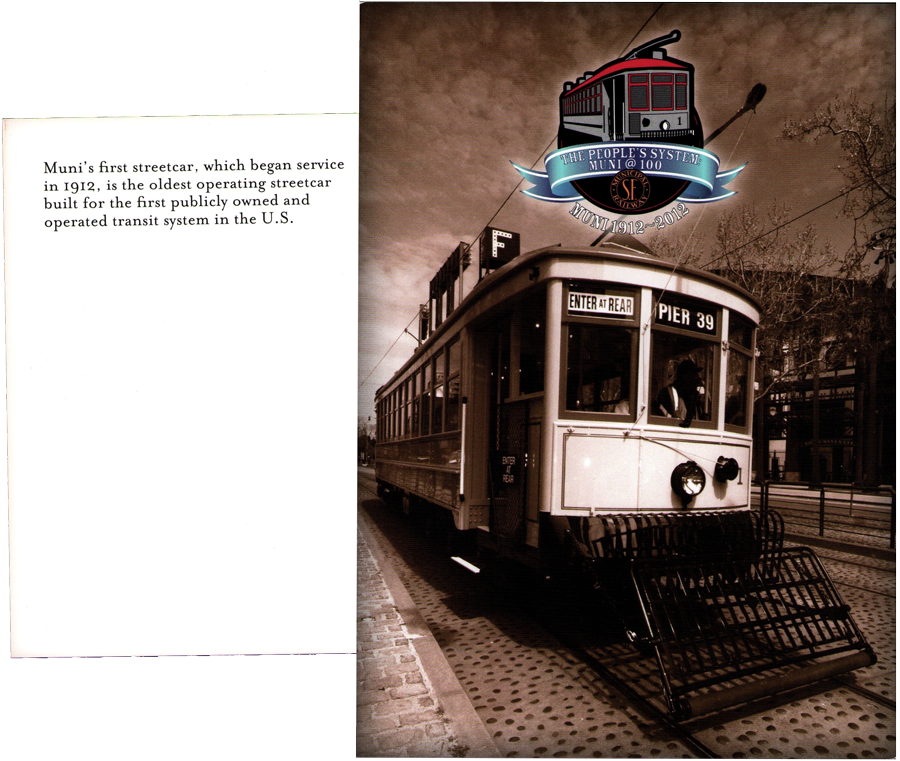
postcard / collection
 Snapshots
Snapshots
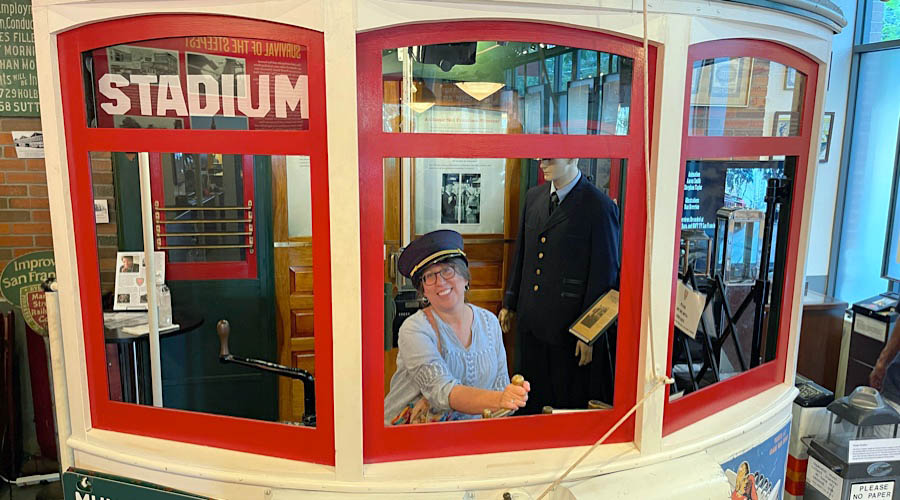
Sep 2023 / RWH
Links / Sources
- San Francisco Railway Museum & Gift Shop web page
- Market Street Railway website
- San Francisco Municipal Transportation Agency (SFMTA) historic streetcar page
- Wikipedia article for Market Street Railway


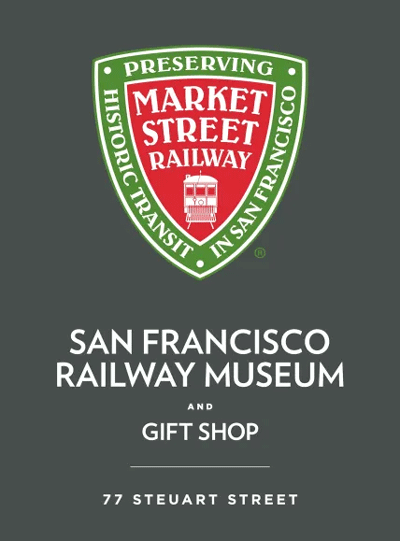 San Francisco is one of the few places in the world where you can get the actual experience of riding vintage rail transit in its "natural habitat" — the rumble of the wheels under your feet, the swaying of the car itself, the smell of the brakes. Before or after you take that magical ride on the "museums in motion," visit our museum to make your experience complete.
Our museum celebrates San Francisco's rail transit history, focused on exploring the positive impacts streetcars and cable cars have made on the quality of urban life in this great city.
San Francisco is one of the few places in the world where you can get the actual experience of riding vintage rail transit in its "natural habitat" — the rumble of the wheels under your feet, the swaying of the car itself, the smell of the brakes. Before or after you take that magical ride on the "museums in motion," visit our museum to make your experience complete.
Our museum celebrates San Francisco's rail transit history, focused on exploring the positive impacts streetcars and cable cars have made on the quality of urban life in this great city.
